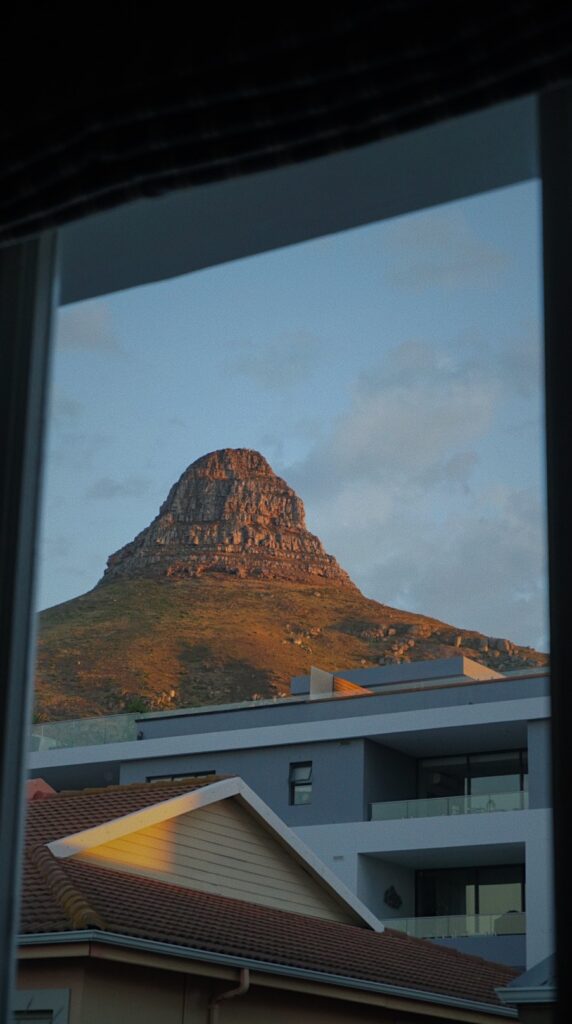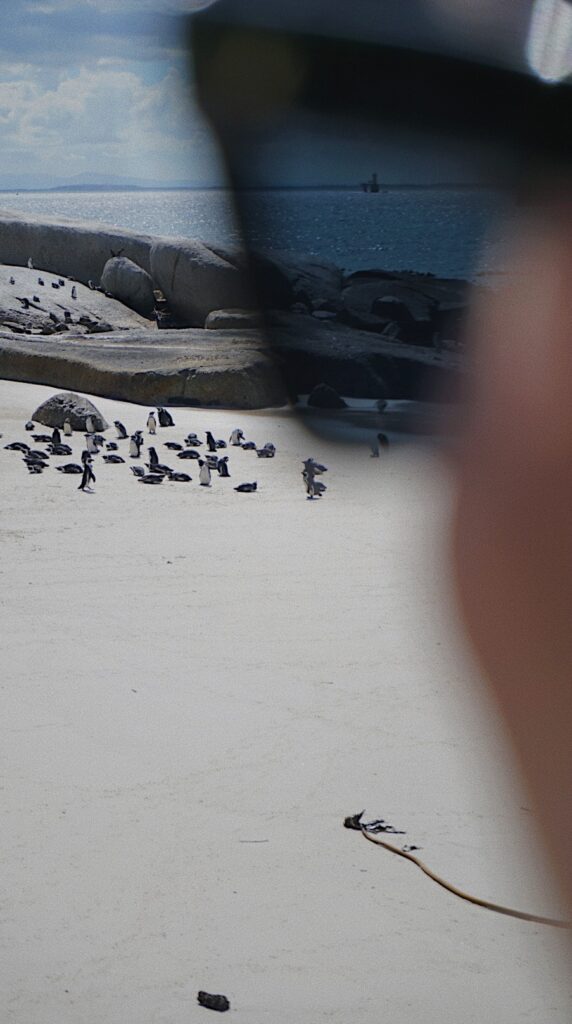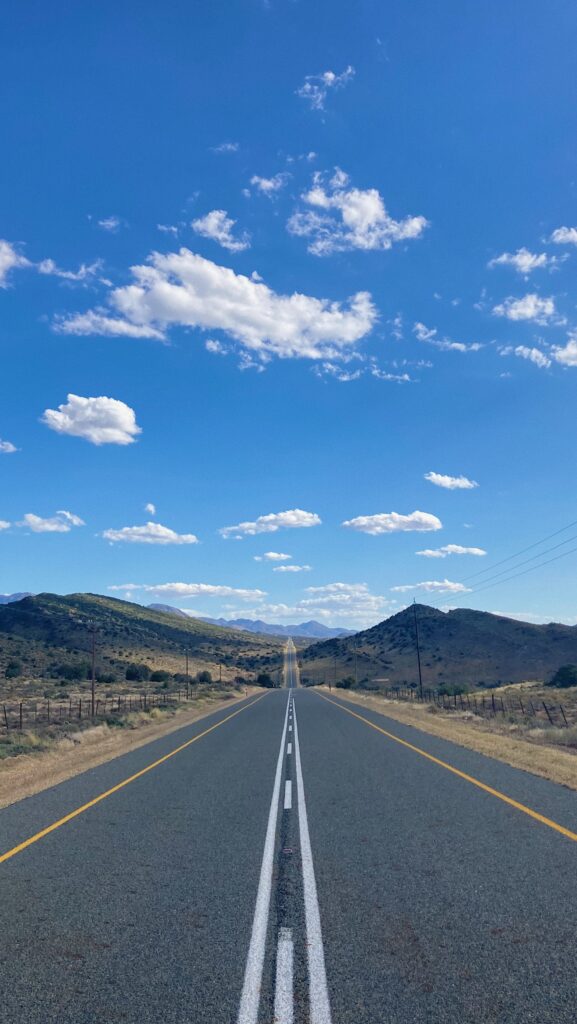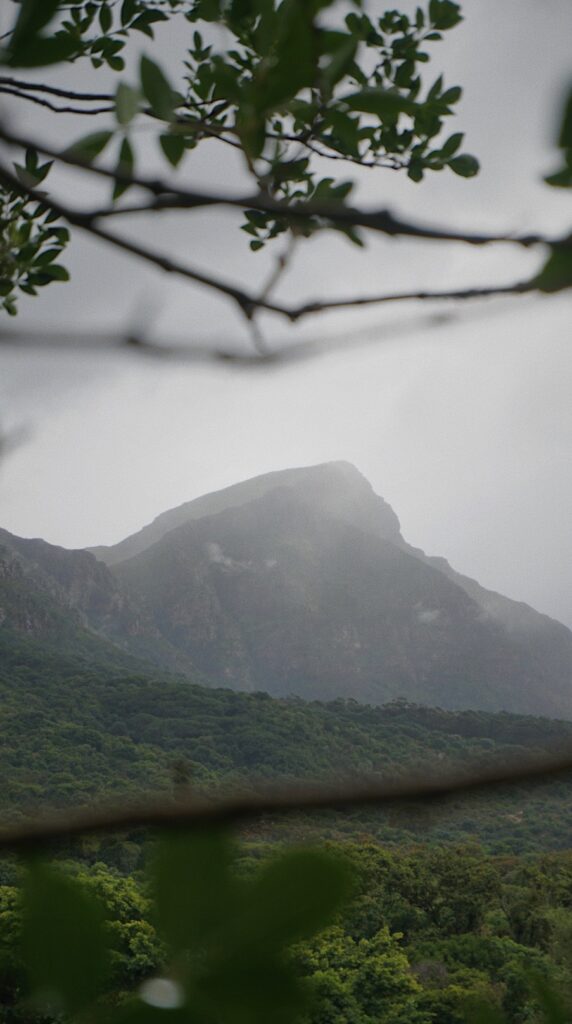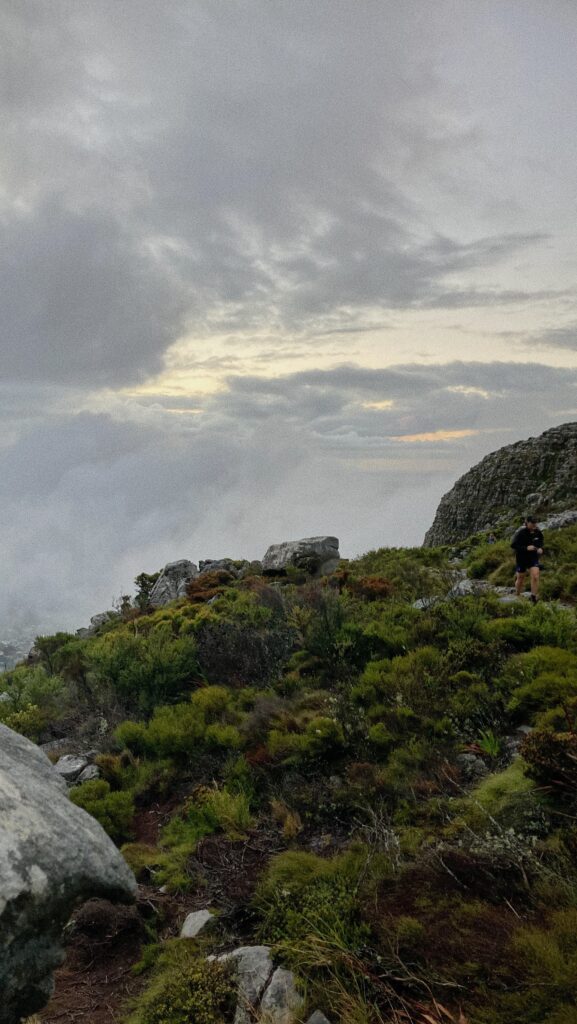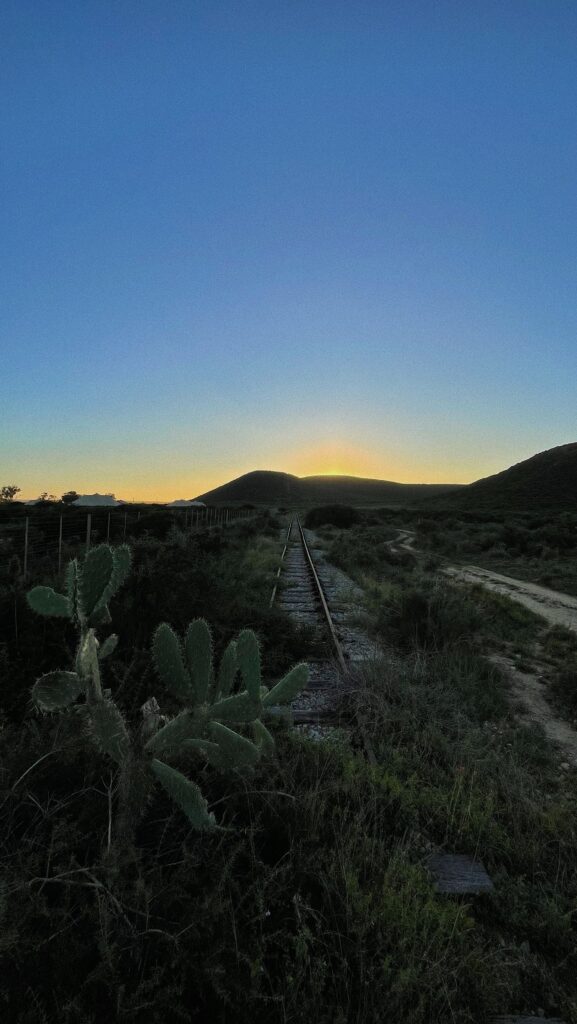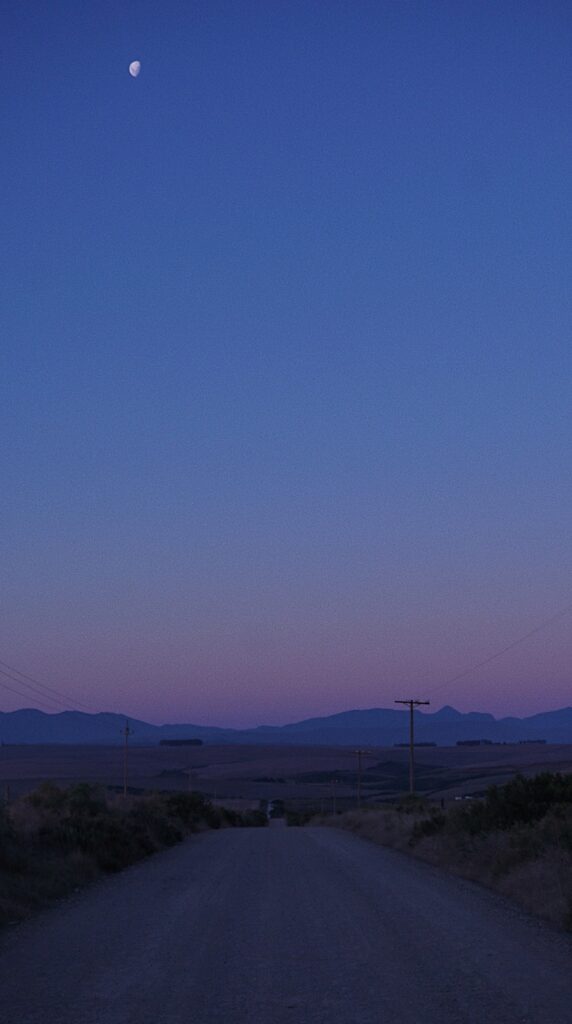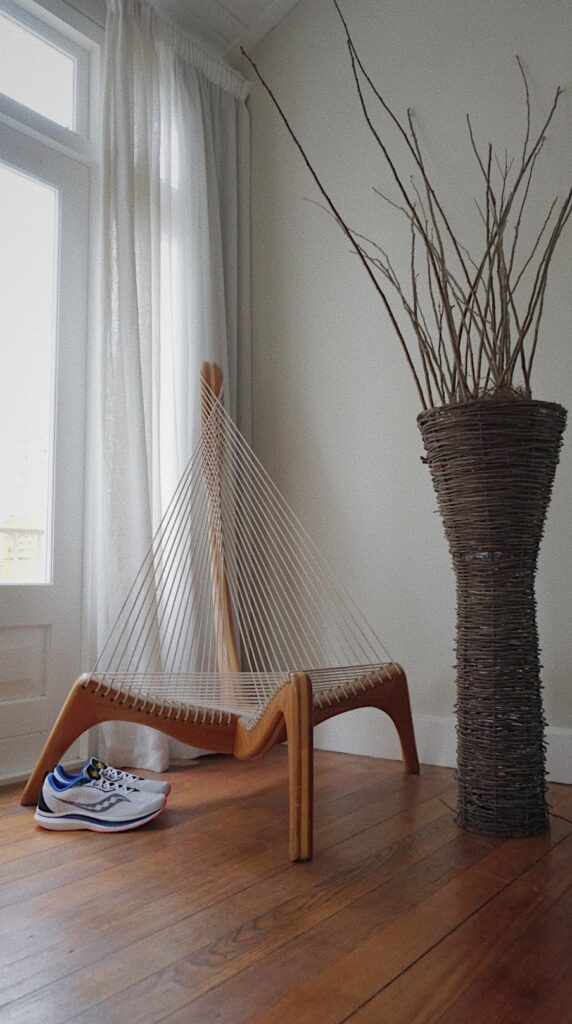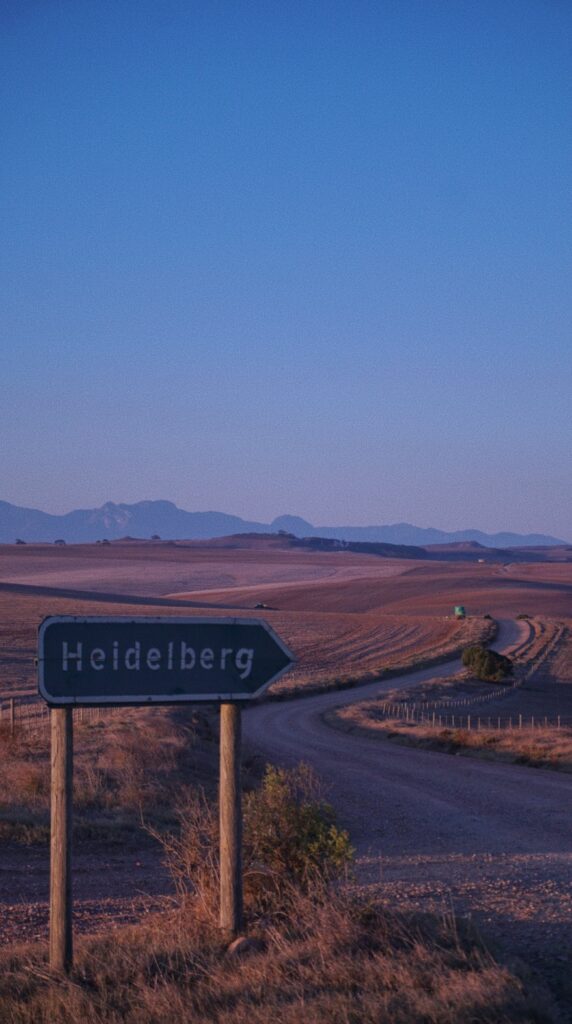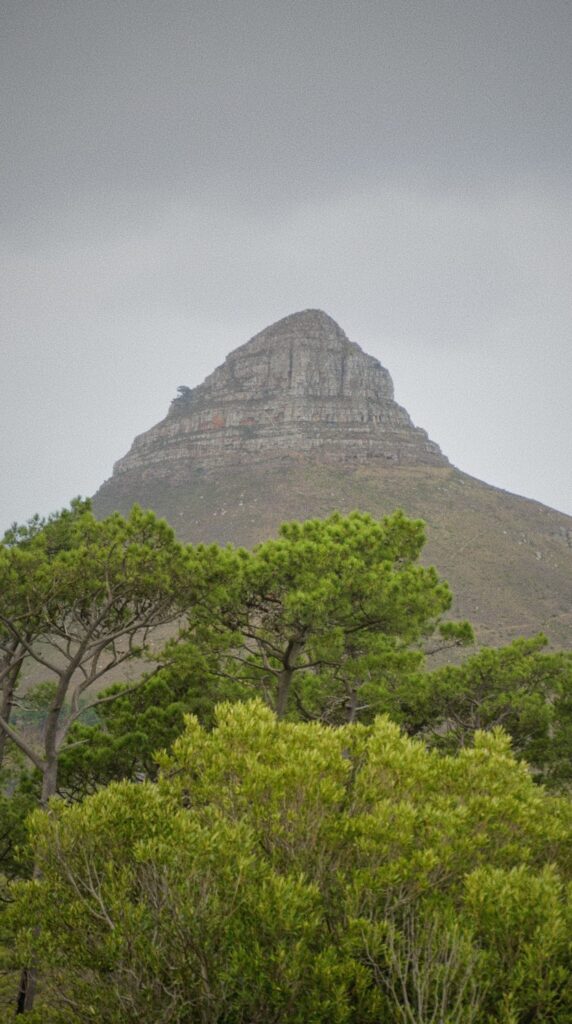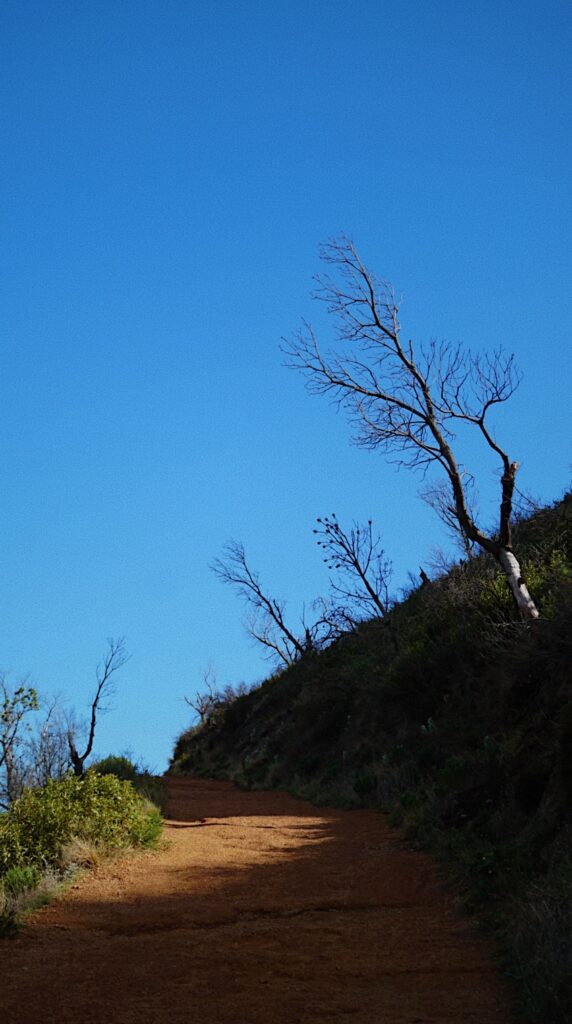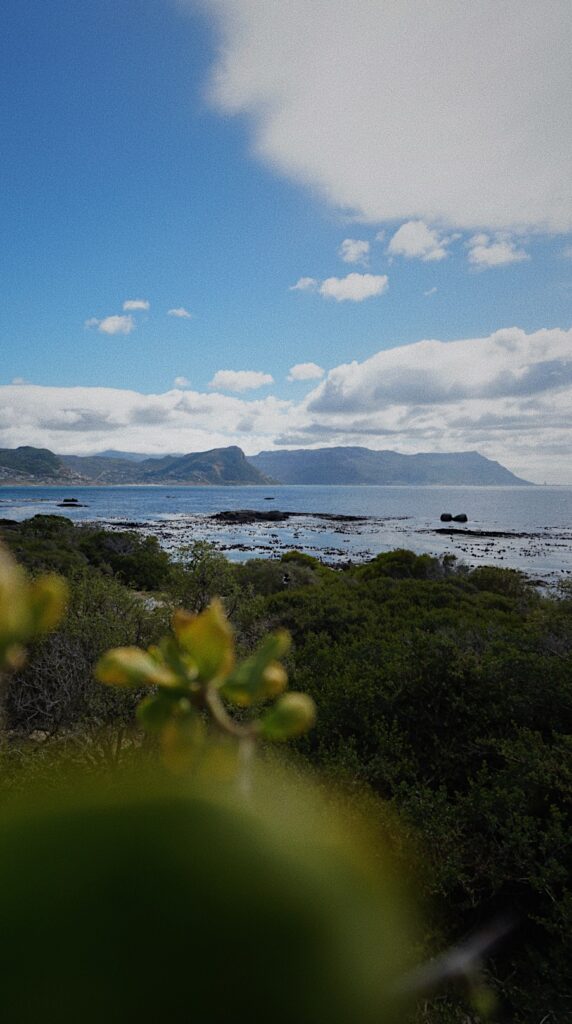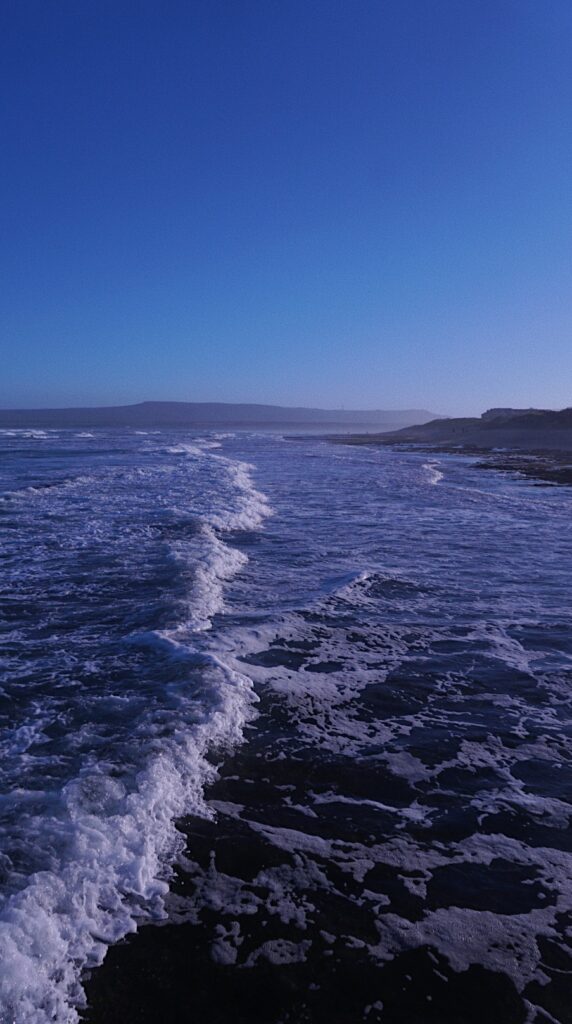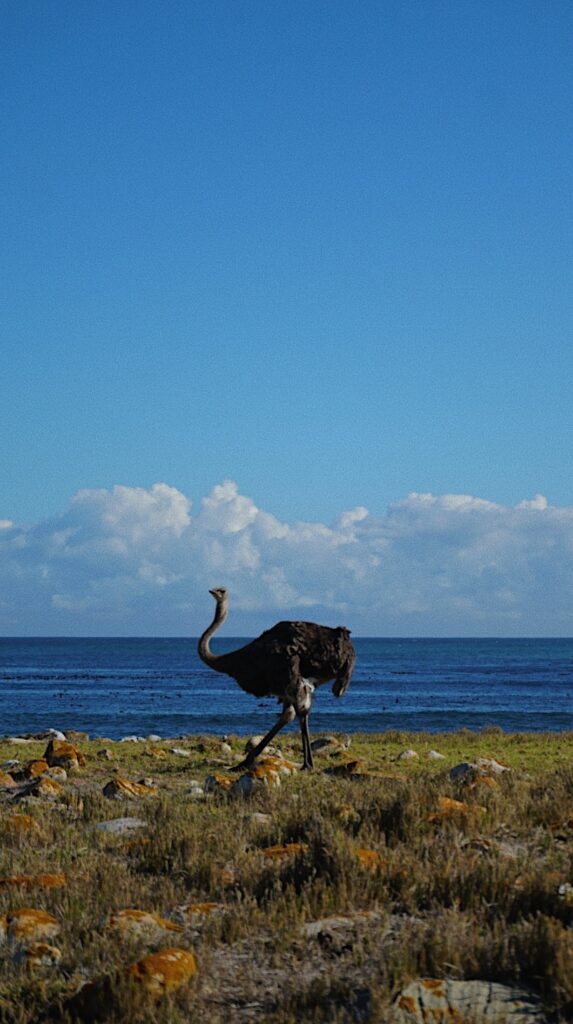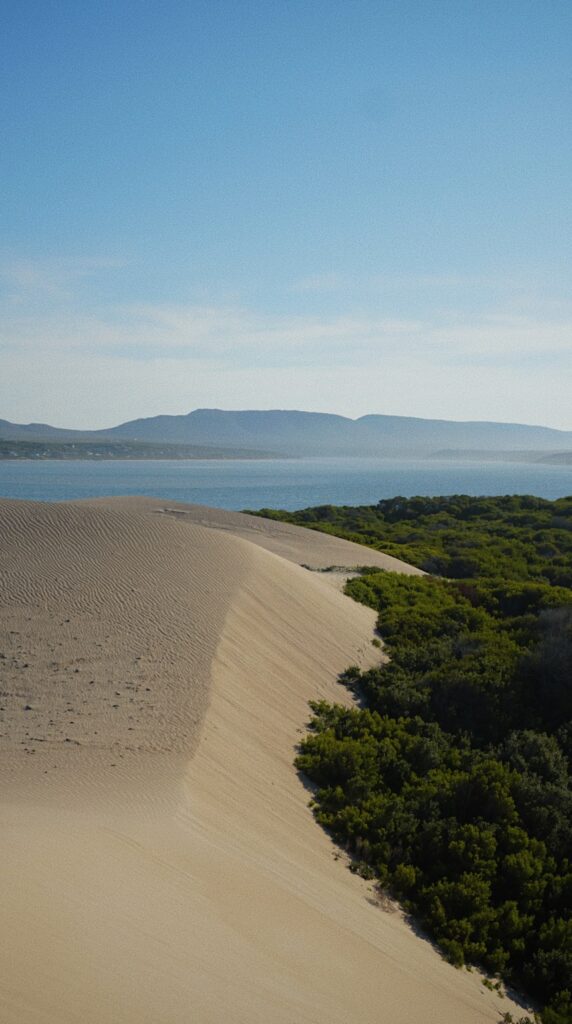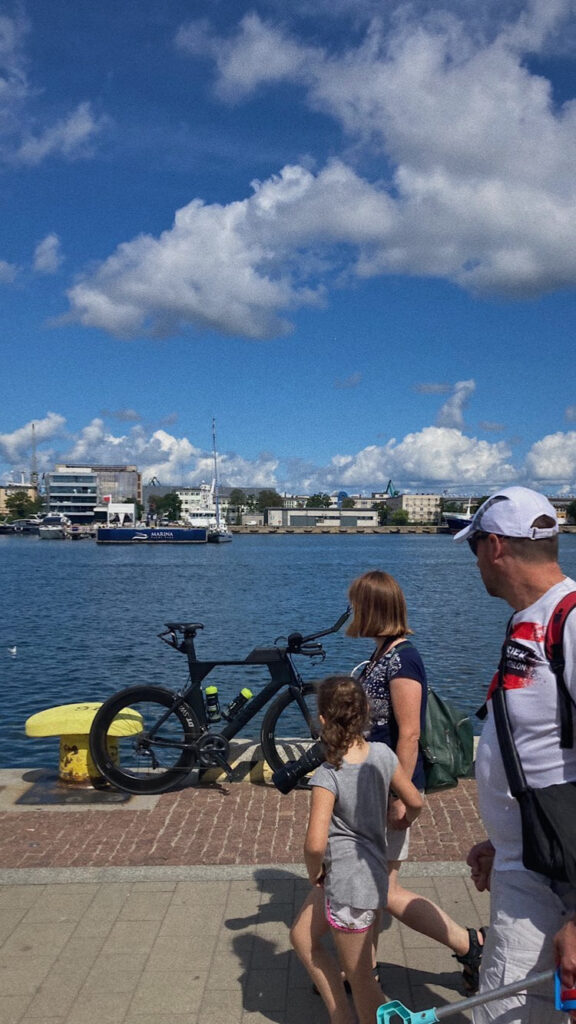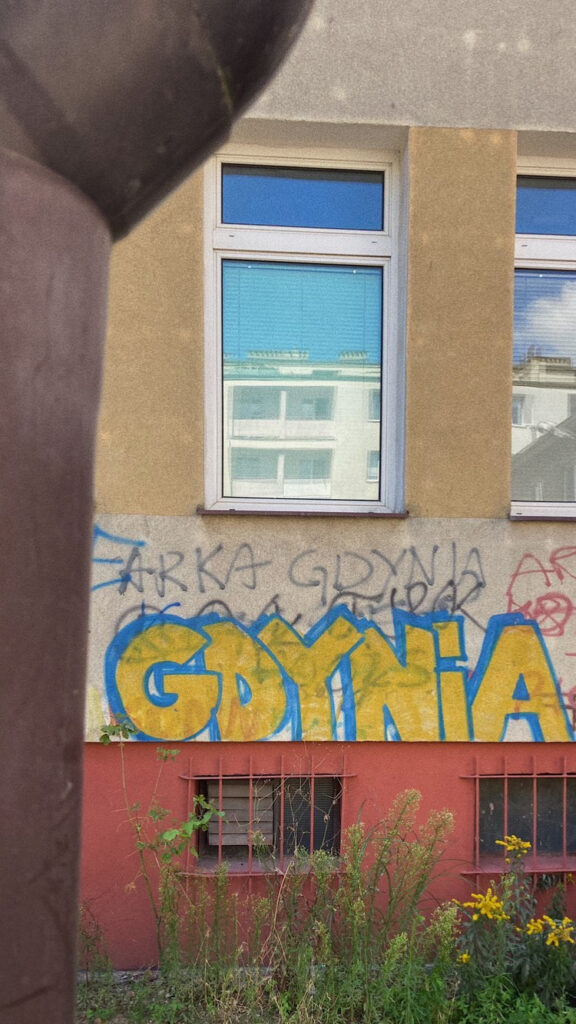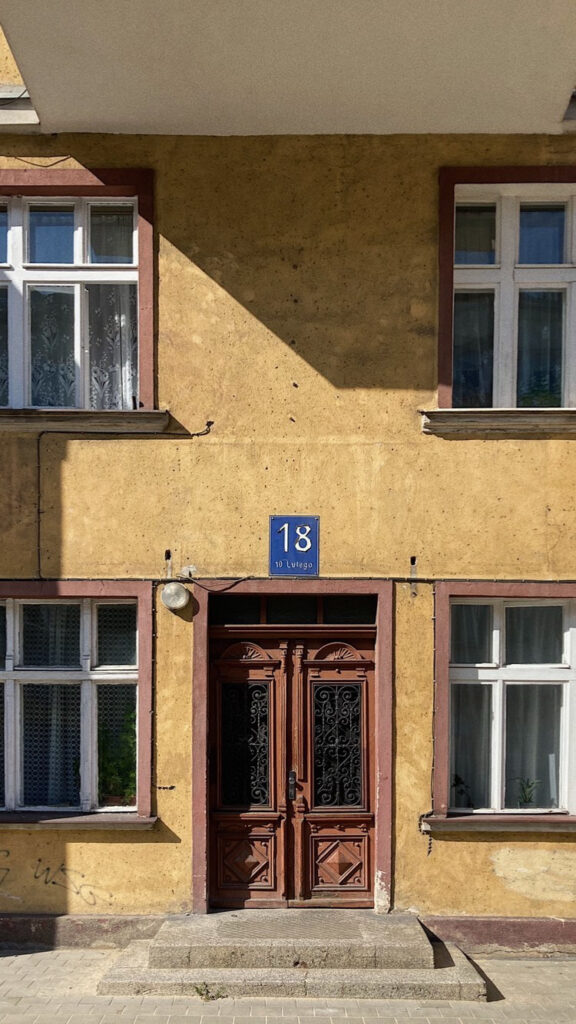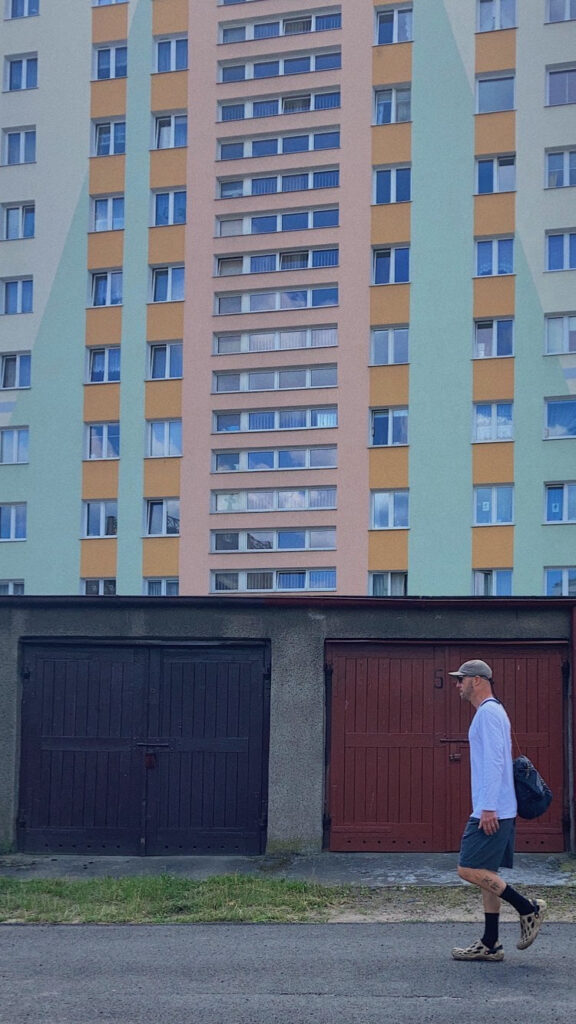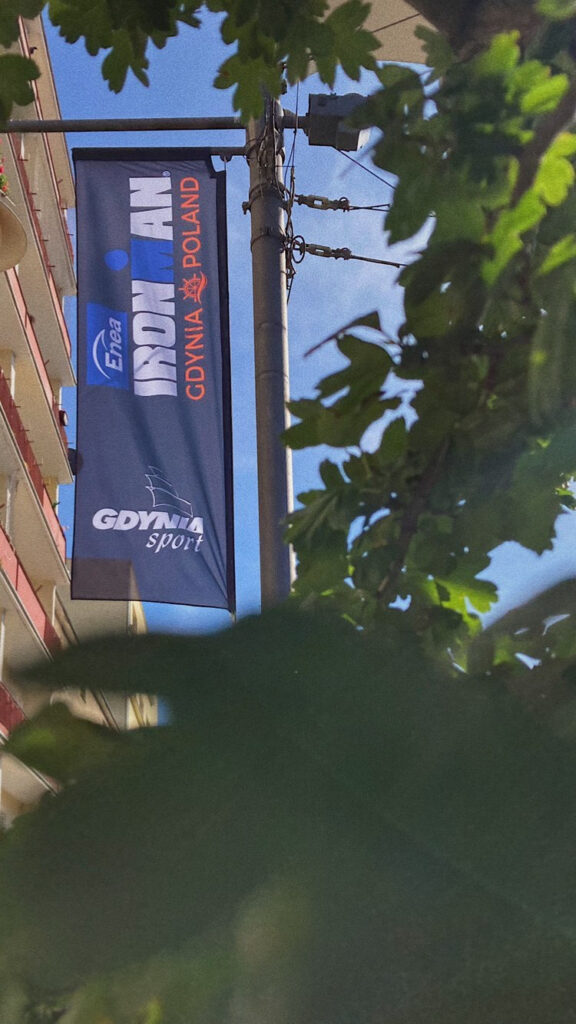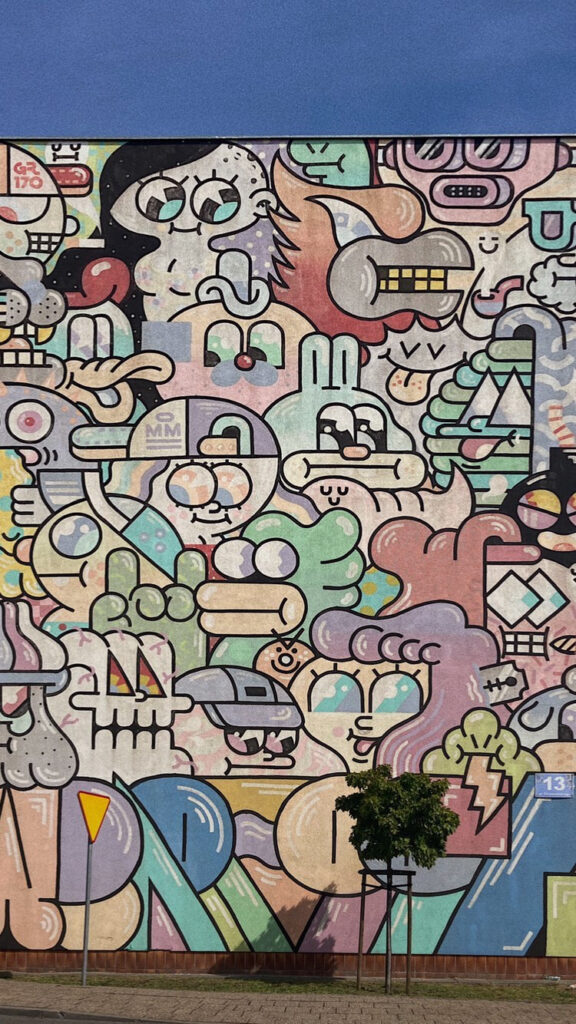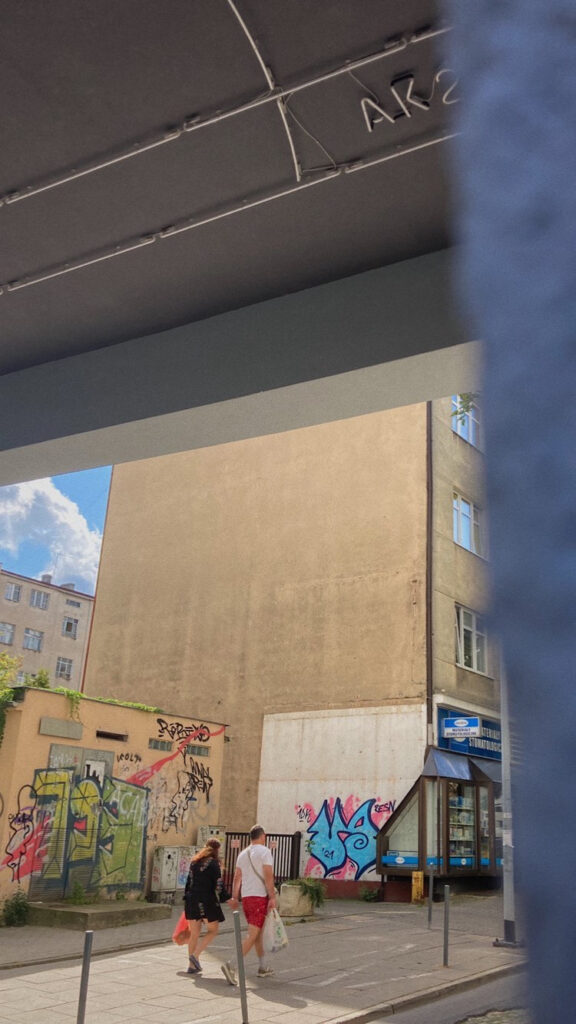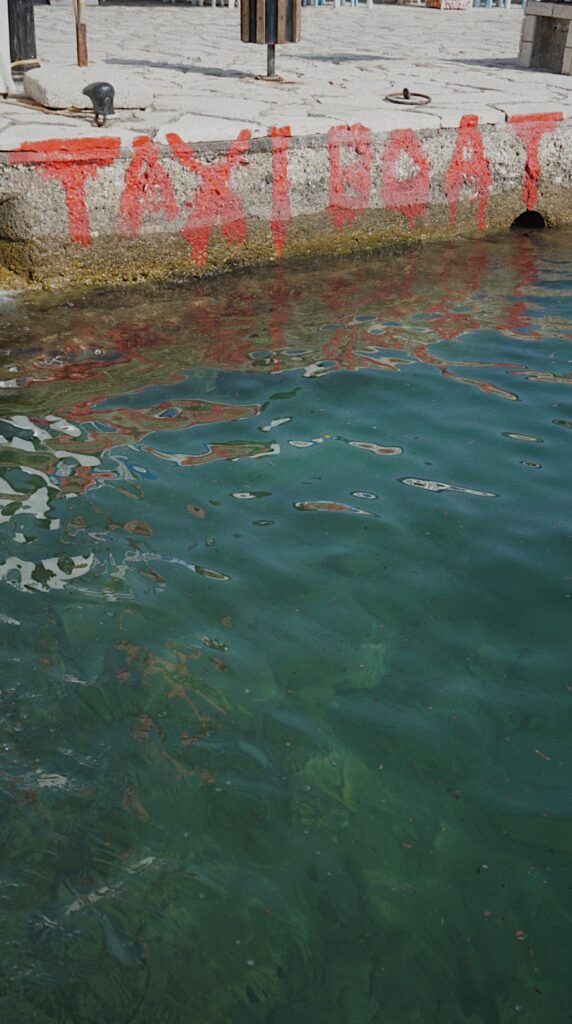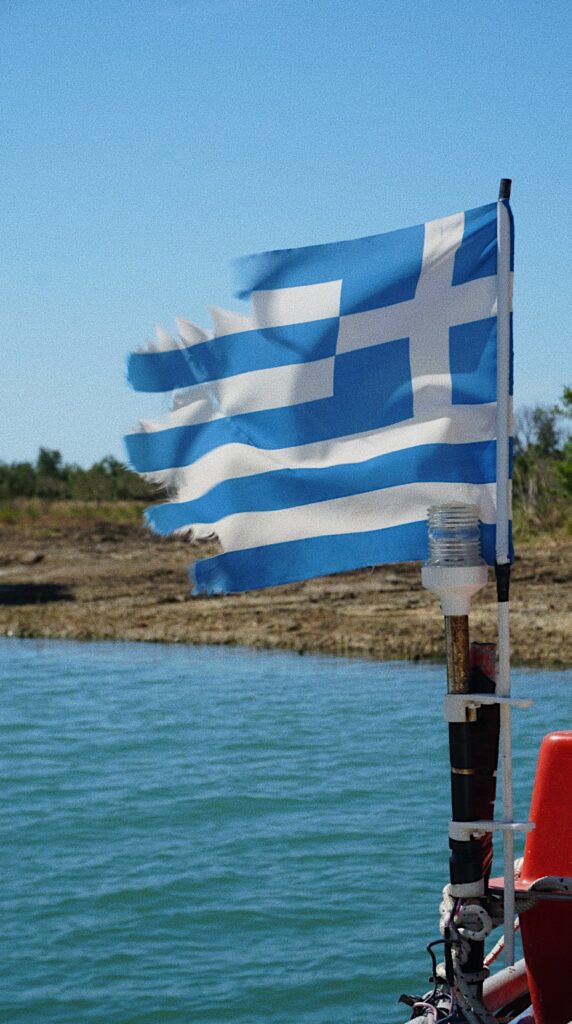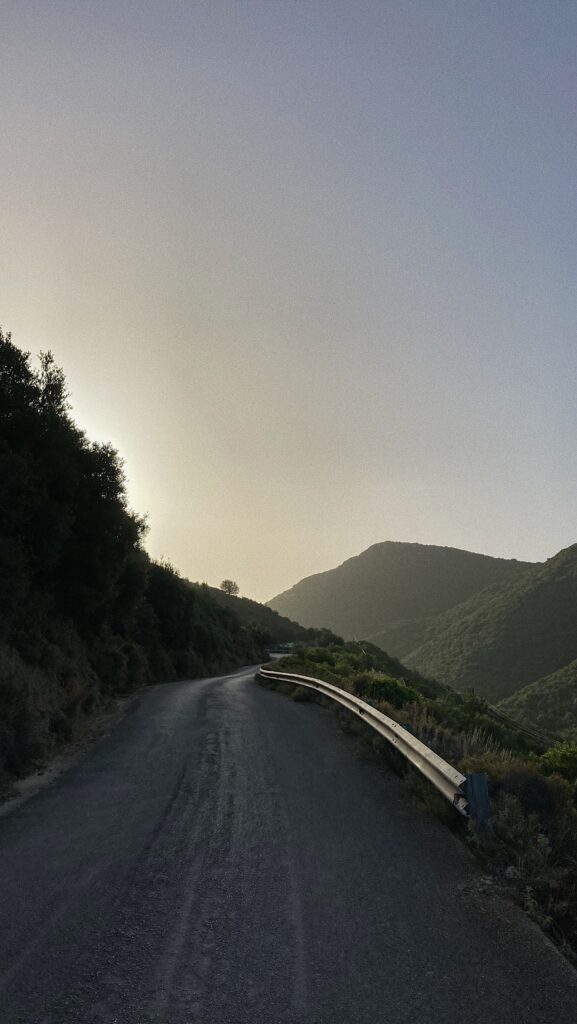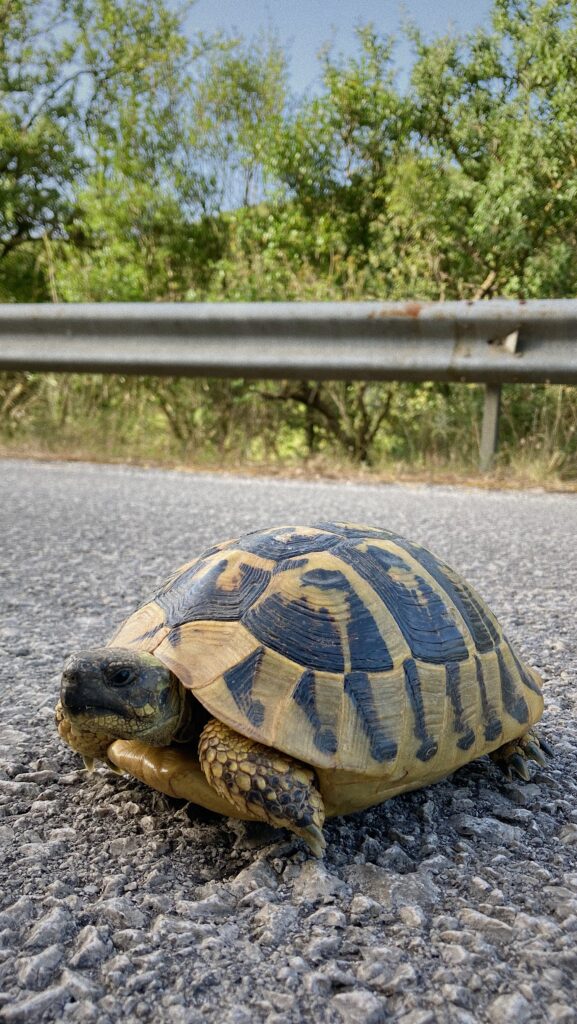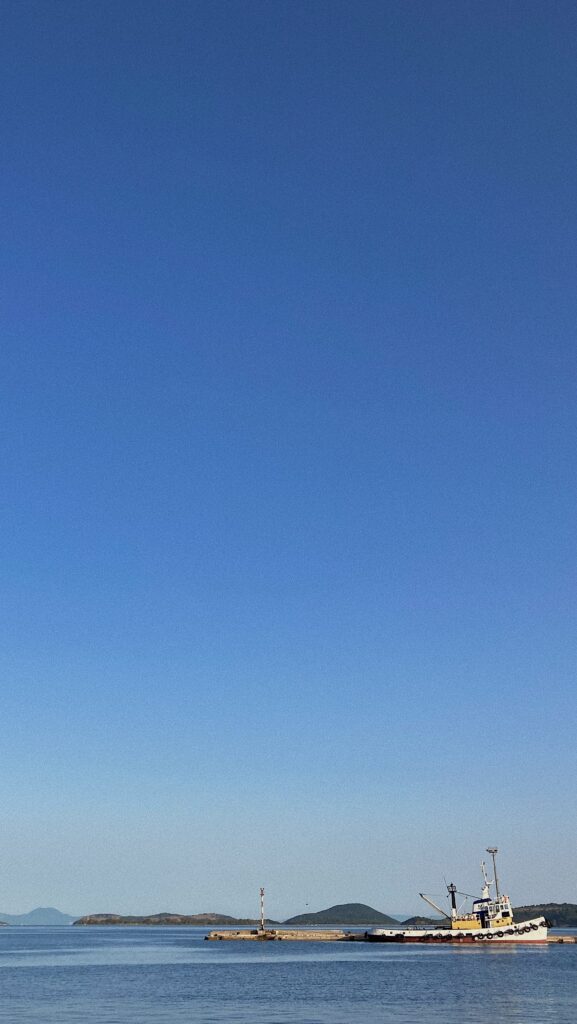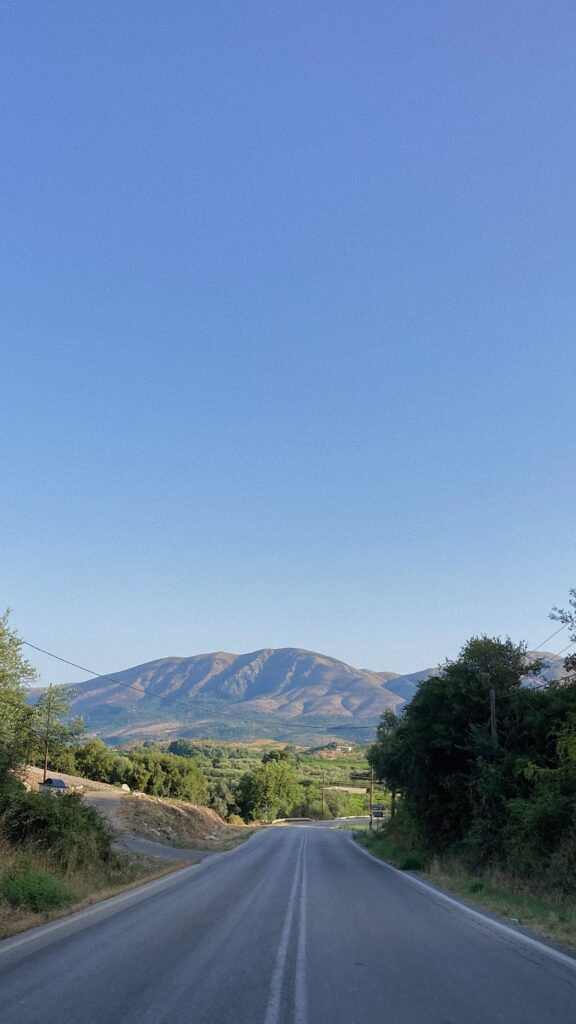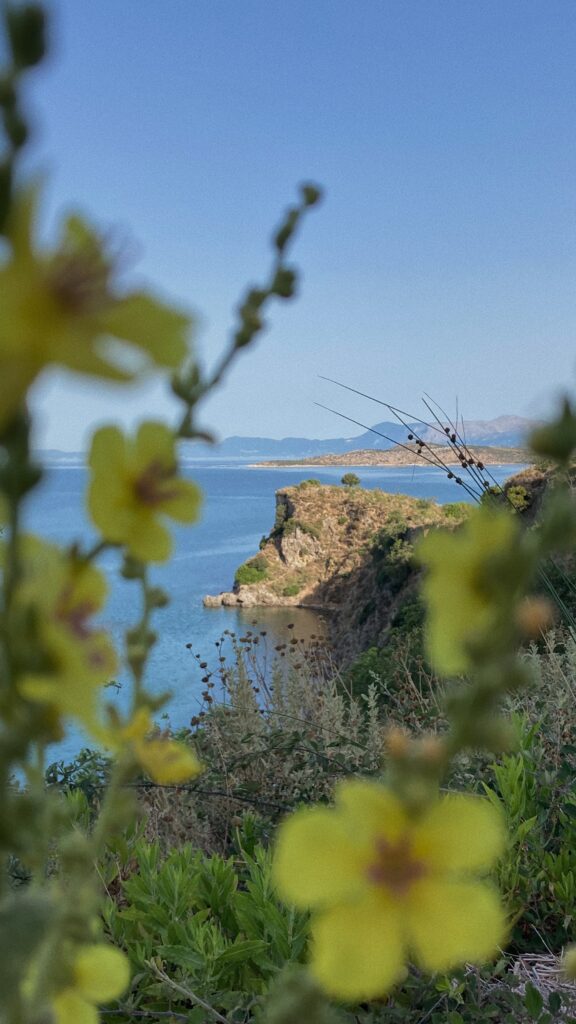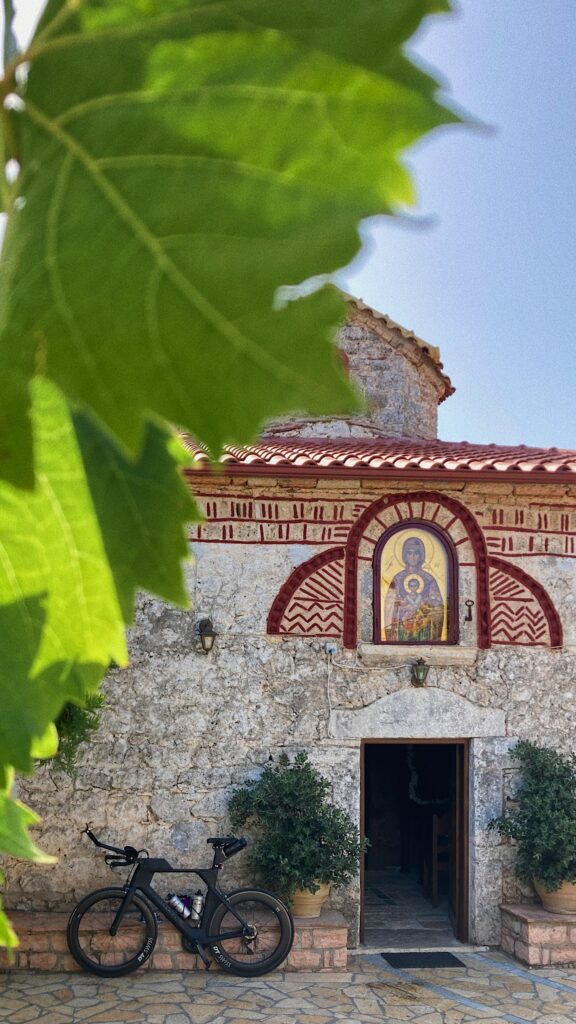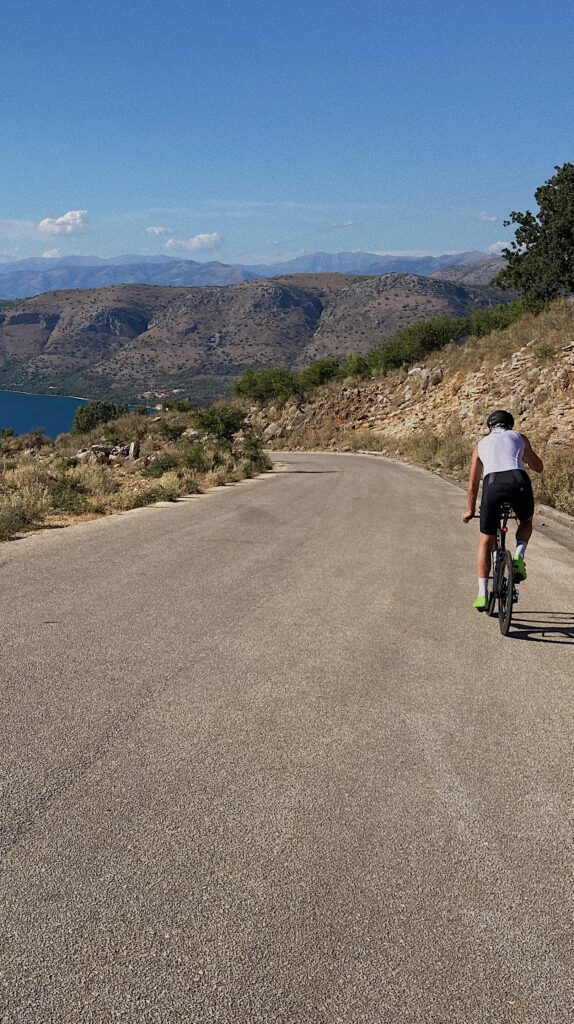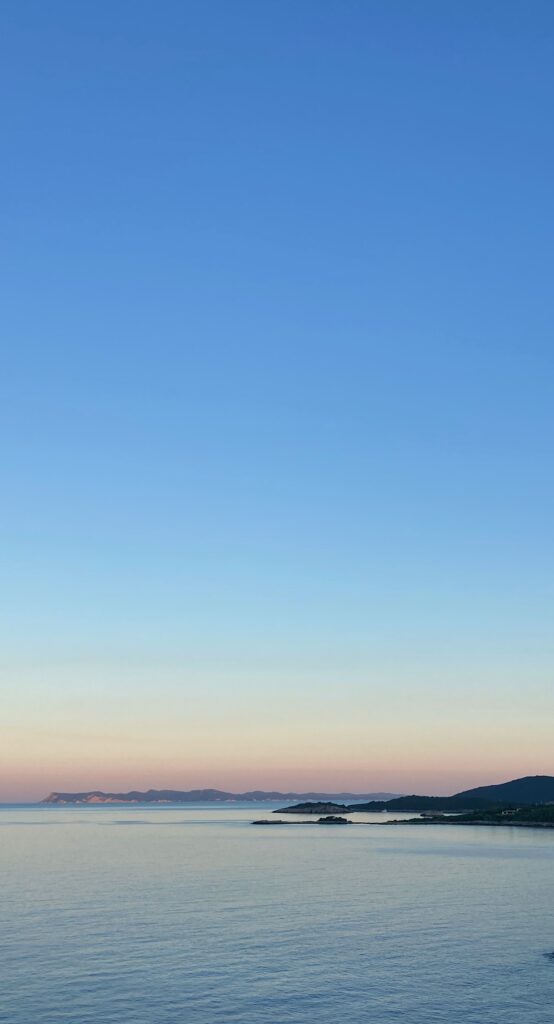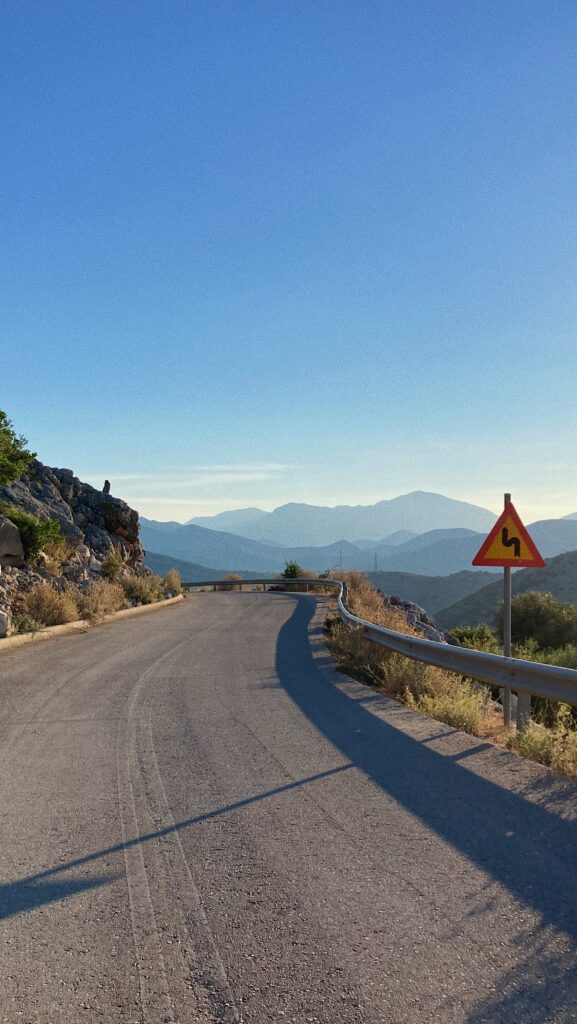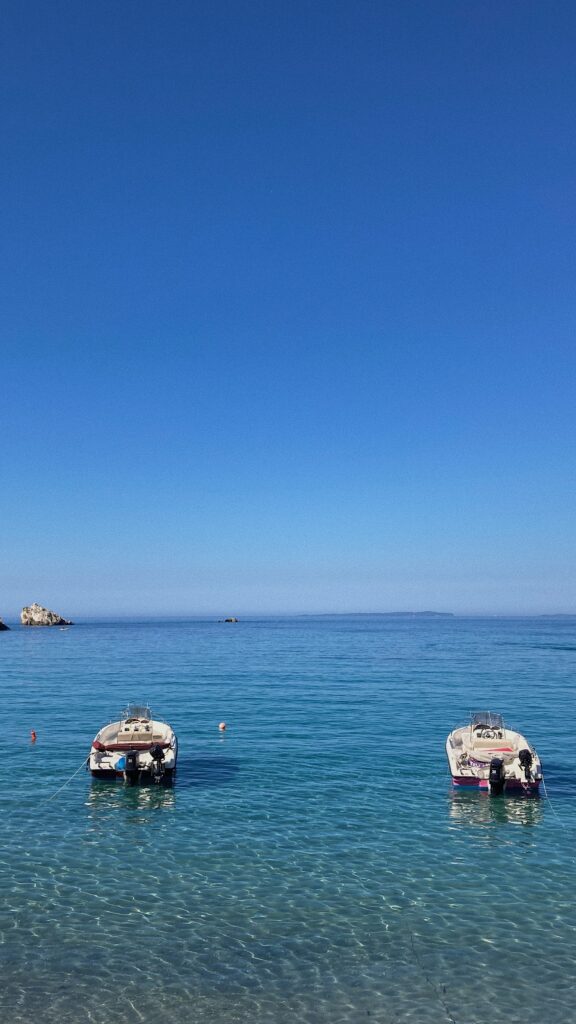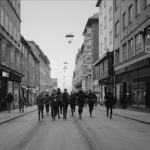Together with my family I spend the good part of April in South Africa. What a trip it has been.
Autor: admin (Seite 4 von 100)
When I started this cyberspace chronicle back in 2008, my core inspiration was to update my (sport interested) friends about training and racing. I found it tremendously boring to talk about sports while exercising. The geeky conversational side of the endurance sports scene was never something I appreciated in a dialog with training buddies or friends. Nevertheless, I wanted to read about training, racing and endeavors when I desired info & inspo. The internet blog scene back then was exactly this source – Inspirational, independent, informal and fast. I wanted to contribute my slight share to it. A year later I decided to not only write about racing and training and posted running shoe and equipment reviews as there was not that much material available beside mass participation magazines & expert running shops (which were also sporadic at the time or only sold Asics to each and everyone)
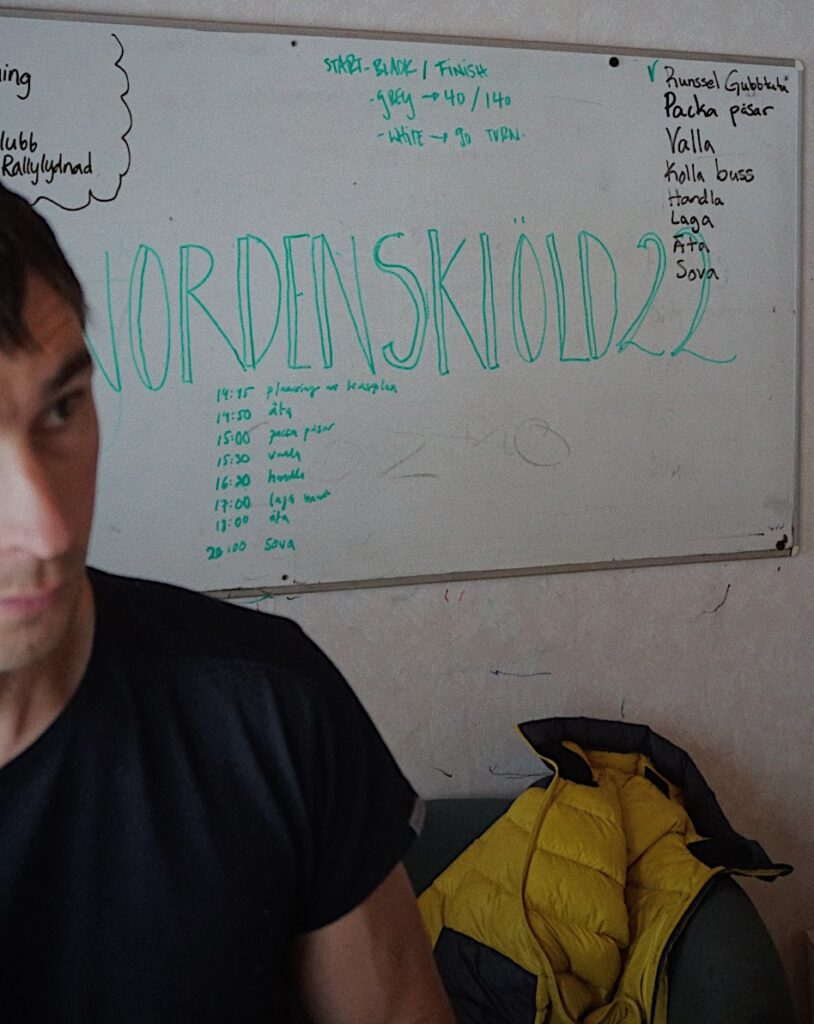
14 years later, not much has changed in my essential motivation to release and write. Only the regularity and amount of my posts. I wrote about this earlier and I won’t do it again. Just scroll and you’ll find the info if you need it.
It happened that I had a lot of time on my hands last Saturday. As I was racing the Nordenskiöldsloppet I also thought about this blog and that I should write more again. Nordenskiöldsloppet was a beast of a competition and shattered me in a way nothing else has ever done before. Since I finished the competition, I received a wide range of messages and phone calls from friends & readers. Last weekend’s contest was a remarkable experience for me. Something that will haunt me for quite a while – emotionally and physically. Sitting down and processing this challenge lyrically will unquestionably help to comprehend what just happened up north and it hopefully will provide some source of information, help and entertainment to whoever is interested in it.
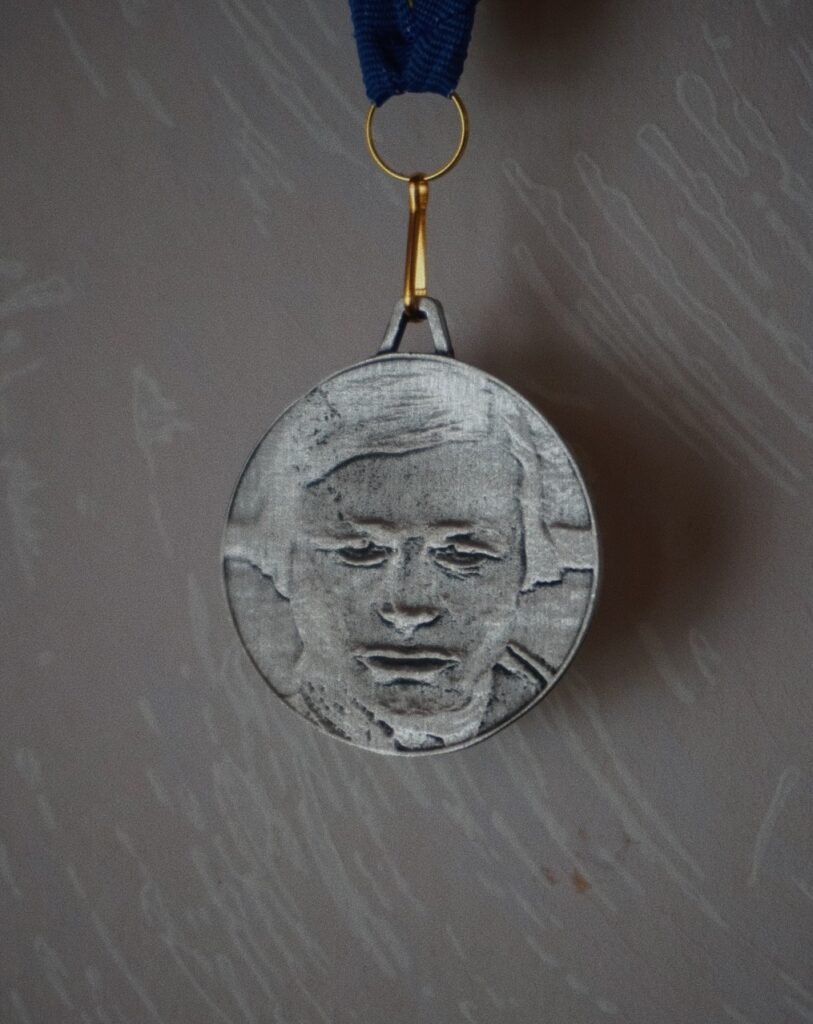
The first time I heard about Nordenskiöldsloppet was a few years ago. Back then skiing was an infrequent weekend interest. I never had snow and consequently slopes close to where I was living. When I skied it was only skating technique and not that much. My motivation to pick up skiing was merely based on being able to compete in the German winter triathlon champs. That was a long while back. Nowadays the younger generation doesn’t even know that such a sport exists. When I moved to Sweden skiing was a valid training option during winter. Vasaloppet has been a competition that I had been eyeing for quite a while and in the first year living in Sweden I did the race on little training and skiing experience. Still, the Nordenskiöldsloppet had been stuck in the back of my mind. Something about this race fascinated me. It was one of those things, that I was planning to do one day. That day came quicker then I thought.
On the ferry back to Stockholm from last year’s Ötillö, Jonathan and I had a loose chat about races that we would like to do one day. Nordenskiöldsloppet came up quick for the two of us. I did not really recall our conversation for too long. But then, some day in October last year, Jonathan texted me out of the blue – a already sold out Nordenskiöldsloppet had opened some slots. He was up for it; I was up for it and what happened then was amazing. Within half of a day, we had another three friends hyped and signed up – Dreamlike.
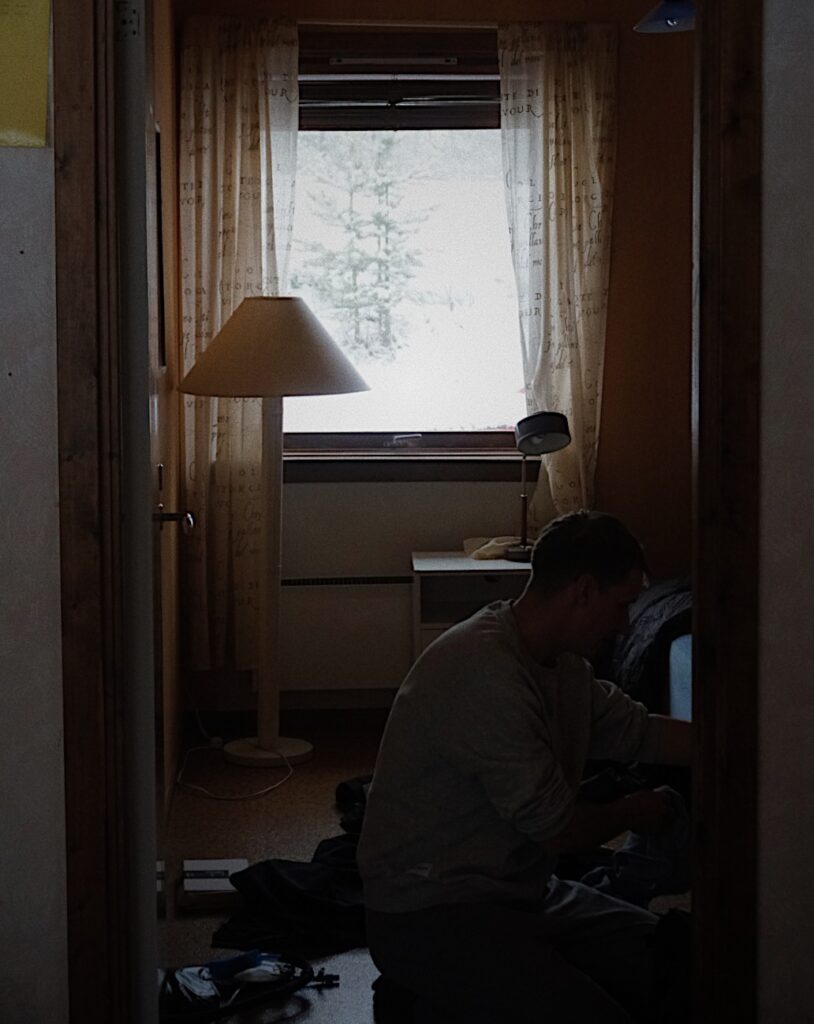
So, it happened that I jumped into specific Nordic skiing training back in November last year and quickly found a good routine and a lot of inspiration to ramp up the miles. Particularly David and Marcus became reliable and cherished training allies. It was so good to share the anticipation, train and race together. Even the simple fact to have buddies that are willing to wake up at 5 a.m. to go skiing for a few hours is a true gift and something that I highly appreciate. It undoubtedly made the build-up even more enjoyable. Not to mention the whole trip up north. Thanks guys, what a few days we had.
It was time to cash in on all these countless training hours that we had ramped up in the last few months. Some days before the race, the course got alerted to 200 kilometer due to the weather situation up in Lapland (More Info). When we got ready in Jokkmokk the day before the race it started snowing. Something that is not really cherished in Nordic skiing as new snow does make the tracks slow. The snowfall did last during the night and when we made our way to the start line at 03:30 a.m. it was still snowing. As soon as the sun came out the whiteout stopped. Prestart tensions were high as we all grouped in a characteristic Sami marquee by the start line. One of the shuttle busses had been gone off road and the start moved to 05:30 a.m. Together we had lined up in the middle of the field and despite little rush and tension everything went quite smooth. At least ’til Marcus had fixed his ski boot in the binding.
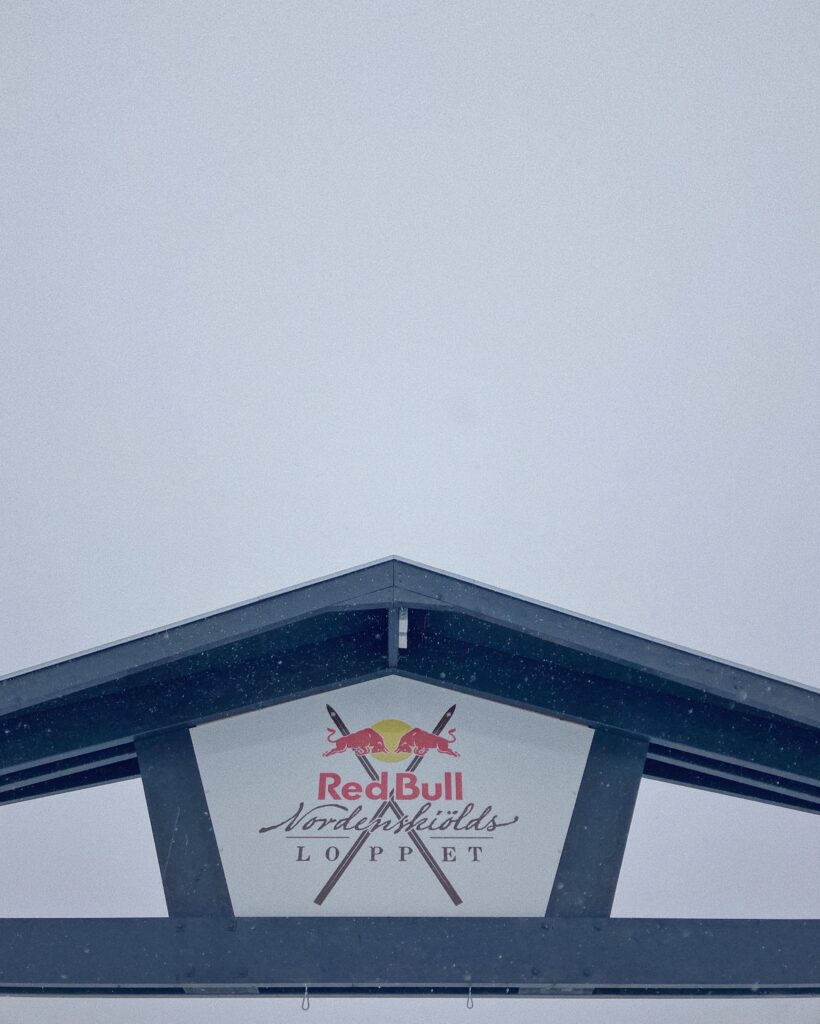
It turned out to be a picture-perfect day. The clouds swiftly moved away and made space for the sun to shine. Before the competition I had gotten some treasured tips from friend Staffan Björklund who had done Nordenskiöldsloppet a few years ago. Unlike other ski races, the tracks were not really arranged or not there at all. As I roughly knew what was coming, it was not a major surprise. But having trained on well set artificial snow tracks for the last few months, it took little time to get used to normal snow and slothful spurs. I also decided to double-pole the whole race using skate skies. I never got contented with classic skies and raced this years Vasaloppet double-poling. That went OK for me. I knew that there was some climbing involved in Nordenskiöldsloppet but I was excited to compete with the equipment I knew.
As a group we had the naïve strategy to stay together as long as possible. This approach got altered pretty much 2 minutes in. The 500+ field spread out quickly and it was David and me who stayed together for the first part. After the first long uphill stretch, I had to let David go and I was by myself. It seems to be a prominent justification amongst skiers to have bad skies. I don’t want to go down that argumentation line, but I even had to push on the downhills. There was not much glide in my skies and that was mentally challenging until I simply accepted it for what it was. But it certainly is something that I need to investigate for next season. The title of this blog quickly came into my head as I got passed by plenty of fellow competitors on a long downhill section after about 2-3 hours. Slow snow, surging topography, fresh snow, slow skies – no gifts were given.
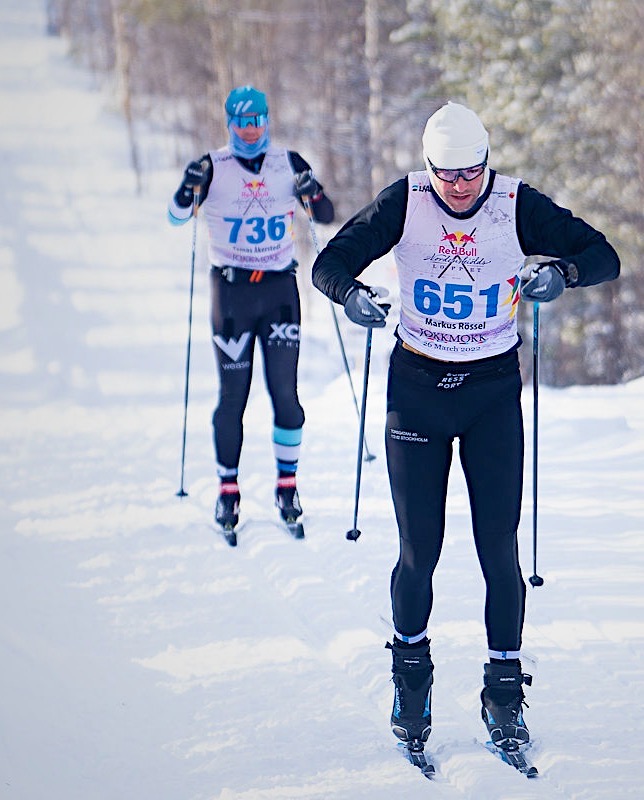
There was not such thing as easing into this one. I focused on constant movement and a good regular food intake. A mix of Maurten gel, Vegetable broth and a popular energy drink brand from Austria was the only thing I took in. To entertain me through the final hours I tried to estimate how much Red Bull I had been drinking. Close to 5 liters was the digit I came up with – Certainly not healthy. I started to eat proper food after about 11 hours when it got cooler and darker. I’m not known to have the best stomach, but I had zero issues with my intake. The aid stations were positioned between 6 and 14 kilometers from each other and I made good use of them. I always stopped and filled up properly. Looking back, that undoubtedly made a massive difference as I passed plenty of people in the last two hours.
To describe the course as challenging is an understatement. Mostly the way out to the turnaround point at 90 kilometer was something else. A long uphill that seemed to never end mixed with technical terrain. Luckily, the weather was picture perfect and it made this part at least a bit enjoyable. When I double poled up the mountain, the leaders were already on their way back. It was kind of comforting to see them struggling with the track as much as I did.
The day went on and ultimately it got darker and colder. At the 140-kilometer checkpoint I changed all my upper body wear to prepare for what I thought was the real horrible part of this race. I catched up with a small group shortly after this checkpoint and together we voyaged into the darkness. About an hour later I lost them on a long uphill and could not catch them again. I was on my own in the middle of the rugged Swedish north. My headlamp worked fine but I developed a certain fear that the batteries might lose their energy. I switched of the lamp off and got a glimpse of the dark. My head now circled around this possible scenario for the next hour. Paired with the lonesomeness of skiing on a frozen lake that was repetitively cracking, it was something else. I surely enjoy it more now, writing about it, then i did back then.
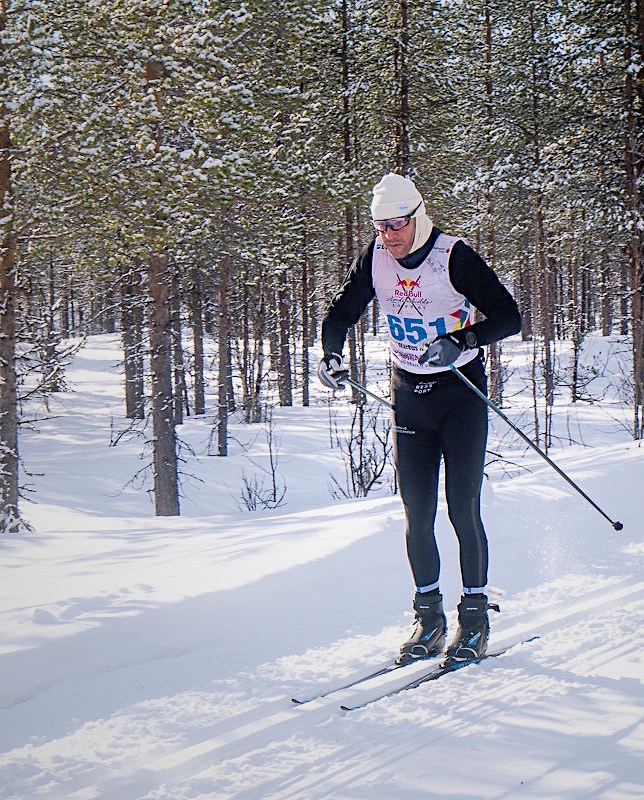
Eventually the 2nd last checkpoint came. I was happy go get some warm food in as I felt super down and empty. With additional energy and a little more rest, I felt ready to tackle the closing 20 kilometers up to Jokkmokk and the finish line. Not only did I receive new battery energy (thanks so the lovely people at the aid station) I also re-claimed enthusiasm and a certain will to life. I never looked back, enjoyed the long uphill that was coming and took the challenging downhill part with a certain portion of comedy. What a crazy race, what a crazy day.
Jokkmokk came and the finish line was clearly perceptible. But still about 5 kilometers away. The last stretch felt unreal, and the finish was as uneventful as it could get. Somebody helped me to take off the skies. I sat down by the fire, grabbed a blanket and my last can of Red Bull and appreciated the quiet and peaceful atmosphere. 17:53:59 later I was done. Done by any means.
In late 2019 I signed up for the introductory Ironman in Nur-Sultan. What happened in the meanwhile is well known. The 2020 competition got withdrawn and the 2021 version was a write-off as well. For security motives I had been swayed by dear friend Rob Cummins to sign up for the fabled Hardman Triathlon in the south of Ireland. A race that I have been following since a while in an area that I was training and racing in while living on the emerald island. As I organized my travels, I found out that a trip to Ireland is not possible without the second shot. A shot that I hadn’t been given back then. I wanted to race but i was not keen on travelling far, so that left me with three probable race-picks close to home – Tallinn, Copenhagen or Gdynia. The polish coastal city of Gdynia rapidly became the preferred destination due to the easy approachability from Stockholm. Four weeks prior to the competition I further ramped up the training and got myself physically and mentally polished up (…nice wordplay, right?!)
It is nice to have big Ironman events in a smallish towns like Gdynia. The entire place seemed to be behind the event and with some other races during Friday, Saturday and Sunday it was a great vibe in the whole city. The weather prediction looked wonderful. Rain and slight winds were on the outlook. Conditions that I prefer over warmth and sun. Sunday came and so did the race start by the local sand beach.
The rolling beach start is amazing: The first time that I experienced something like this. It took away a lot of stress and assisted me to a good start. I swam fairly hard until the first buoy that was placed about 400 meters out in the sea. Waves, little wind and slight rain weren’t too bad for me and my swimming capabilities. Also, the Australian exit after about 1.500 meter was enjoyable with the crowds lining up at the shore. Virtually all the course I swam by myself. When I finally exited the water, they told me that I’m 5th in my age group and 30th overall. As swimming is undoubtedly not my strongest part, I was highly stunned by myself. Hearing my actual swim time of little over 1 hour made it pretty apparent that the course was longer than the classic 3,8 kilometers. I played it cool and took my time in the transition zone. As more rain and heavier wind came up, I decided to go with a bike jersey and long gloves. Riding out of town I was by myself. One or two guys overtook me after a couple of minutes but then I was all by myself on the bike course.
Some really nice, newly paved roads and a couple of really bouncy polish country roads later, it began. Pulks of fellow triathletes overtook me. A lot of people had warned me, but to see it firsthand was quite unsatisfying. The drafting and group riding were intense, and I was astounded by all the activities. Swimming fast in an Ironman surely does not help when you ride a bike like I did. And that is the assumption from the second discipline of the day. I must ride harder and faster or stop swimming. I tried to stay optimistic, took in my nutrition and made sure to ride on. I was looking forward to the marathon and tried to use the gathered annoyance for the forthcoming marathon.
When I came back into Gdynia, the sun was out, and I was really looking forward to assembling the Gruppetto. Transition was unspectacular and the legs felt good. I tried to relax myself and find my rhythm. This went well until about kilometer 10. When I tried to take in another gel, my stomach closed down and cramped. I continued to fuel it, but I had to alter to walking mode. I entered the local park for a quick number two stop, but my stomach didn’t like that either. I jogwalked until the half marathon mark but when I couldn’t stand up anymore and I didn’t have the mental strength to walk home a marathon.
The race doctor was stunned by the severeness of my cramps and had to use two doses of drips to loosen up my lower body. It took me quite a while to get over this DNF. Not the first one due to stomach contractions. I felt like a fool after all the training and groundwork that I had been putting into this one.
This Ironman taught me many valuable lessons but primarily I need to get my stomach in check before I can plan on the next adventure.
Tune of the day: Baba Ali – Got An Idea
Just in the door after a two-week Traincation in the northwestern part of Greece, in a region called Epirus. I couldn’t reply to all messages I received on my Insta-Stories in the last few weeks. I will use this post to talk a little bit about what we were up to.
In a pretty spontaneous act, we jumped on the chance of a Midsommer break that should lead us to a town called Sivota. Apollo has taken over the Sivota Retreat hotel and branded the place with their Playitas label. Giving the hotel the sporty approach of their flagship sports resort on Fuerteventura.
With several water sport options, gym and classes, we didn’t wait too long and booked the trip.
This excursion was a family vacation and not a training camp. However, I brought my TT bike to get some miles in and discover the surrounding areas. Countless training options on site made sure that the days were filled with training for my wife and myself. It was great having all the options close by and still be able to enjoy a proper and relaxed vacation as a family. The flawless sunshine and warm temperatures certainly helped.
Running in the high temperature is very hard for me. I get exhausted very quickly and it takes me a lot of time to recover even after an easy run. Knowing this, I only ran in the air-conditioned gym. This suited me well as I just could mix in the runs whenever I could or wanted. Travelling to the area during the time of the year that we choose means early wake ups to get outside runs in.
But there is so much more to do. For example, the swimming. I like swimming in the open water. It is even better when you swim in salt water, but also seeing the amount of fish and having such a clear sighting during the plunges was incredible. I regularly swam around the island that is in the front of the hotel and I also swam into Sivota to get an ice cream. There is so much to do and explore, even swimming into grottoes is possible.
A thing that absolutely surprised me was the cycling. If you are not scared of climbing, occasional sheep on the road or a pothole, riding around Epirus is so much fun. A lot of streets are freshly renewed and the possibilities to explore the mountains and the ranges are nearly endless. The region is popular by local tourists, seeing how clean and green this region is, you know why. Also, the amount of traffic is super low which makes riding a bike very much enjoyable.
Overall an amazing trip with plenty of training and plenty of quality family time. Bring on the next Traincation…
Tune of the day: Evidence – Unlearning Vol. 1 (Full Album)
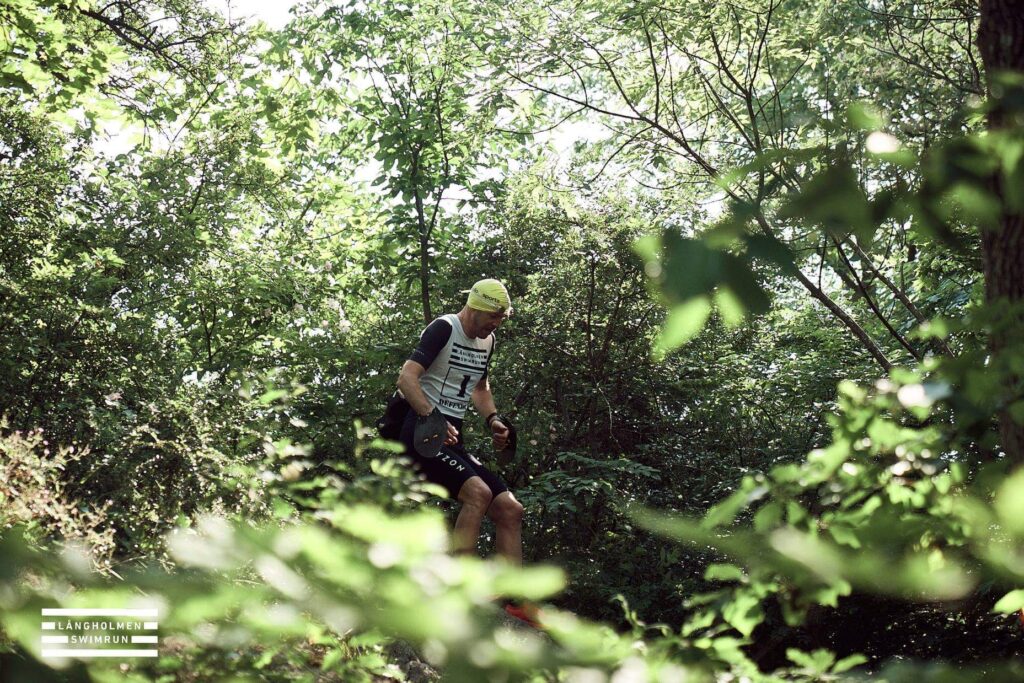
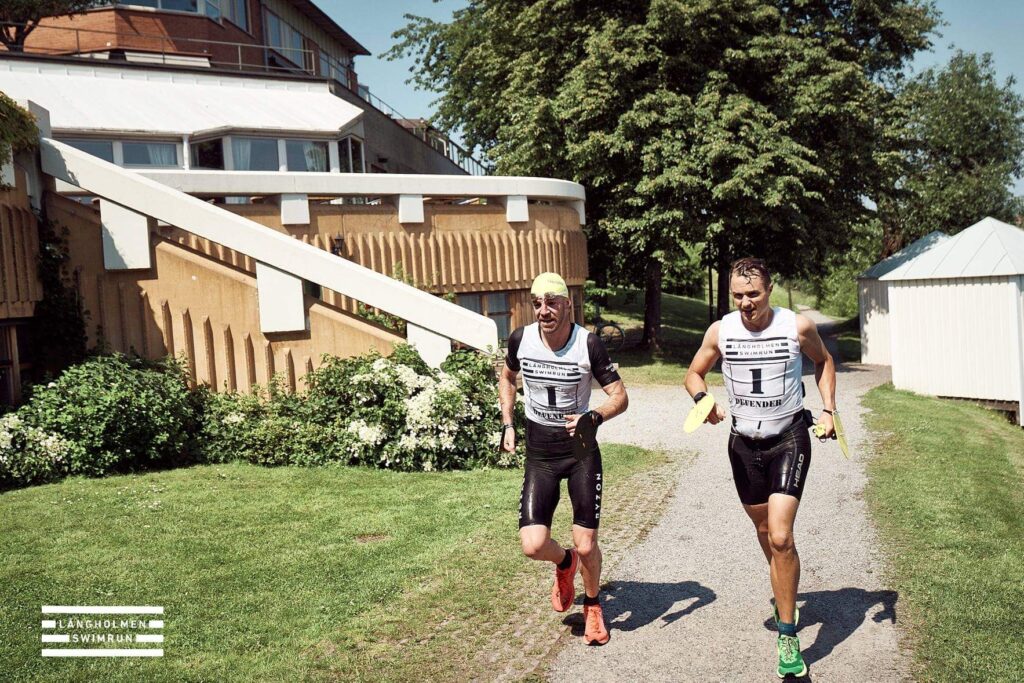
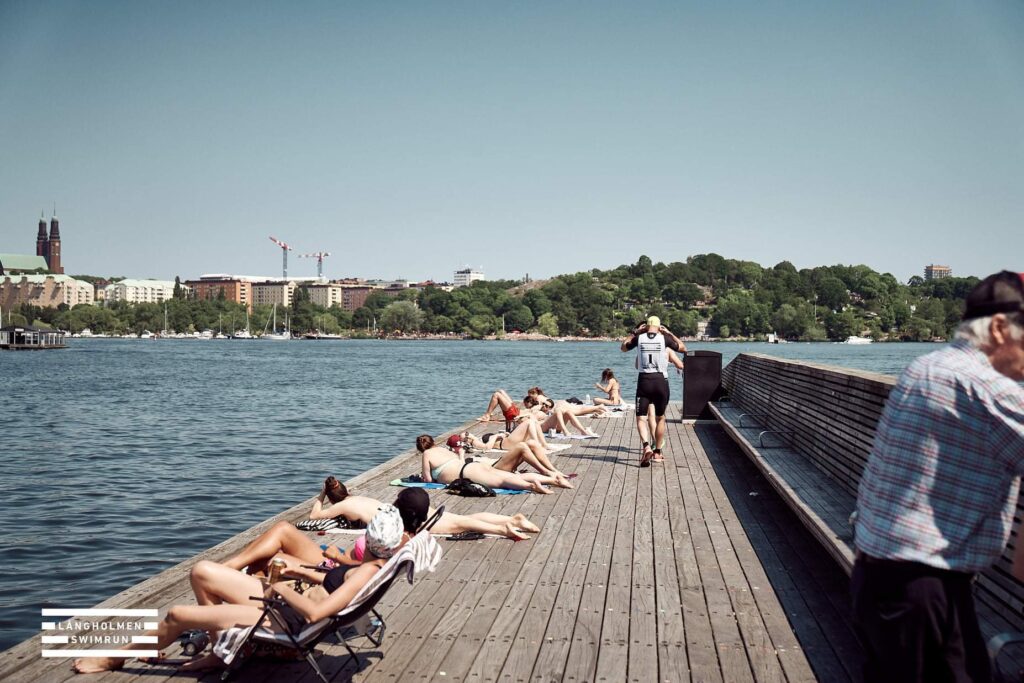
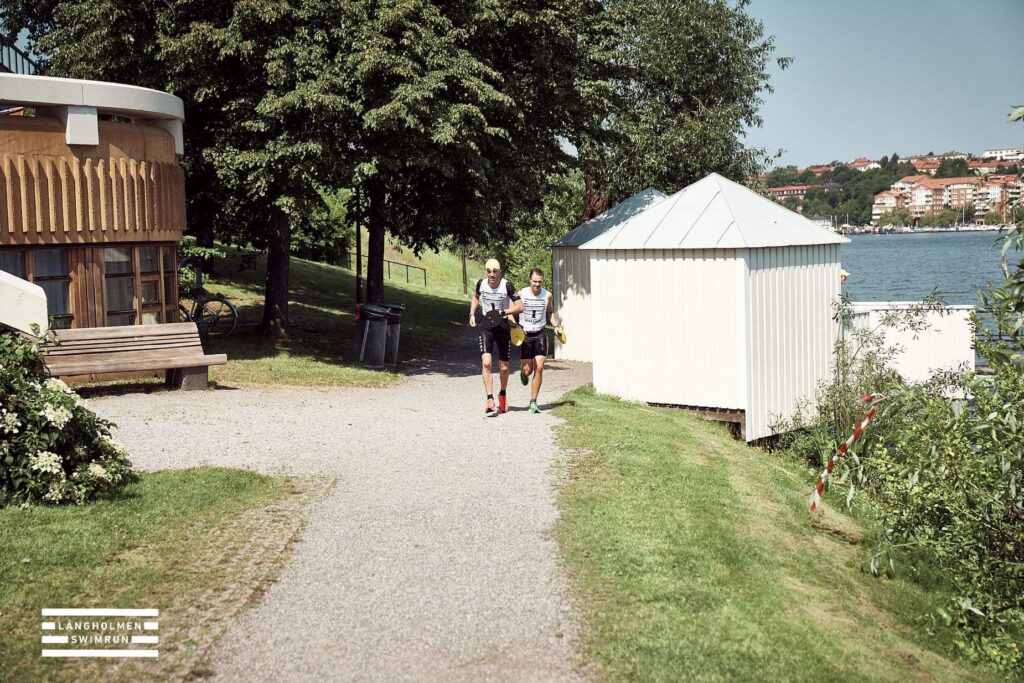
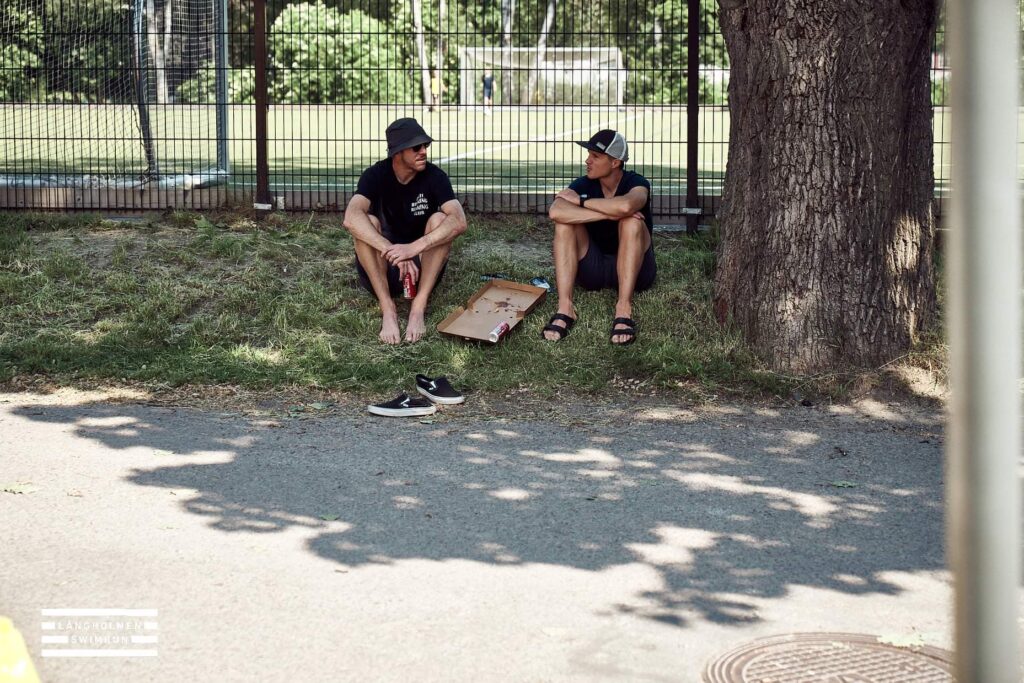
All pictures by Henrik Kindgren for Långholmen SwimRun
Tune of the day: Skyzoo – All The Brilliant Things (Album)
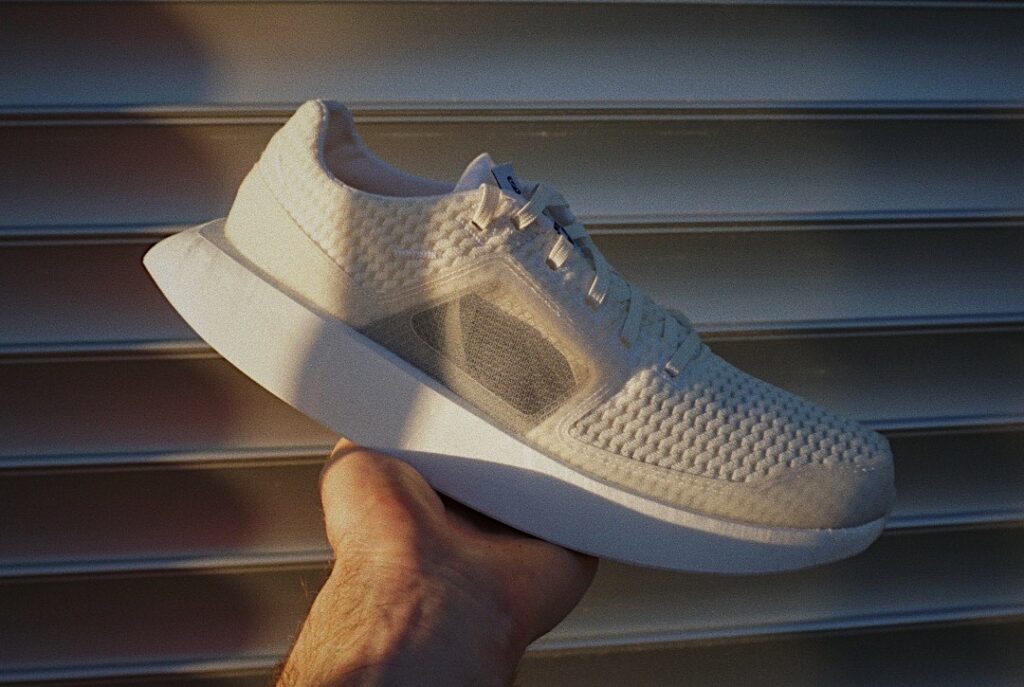
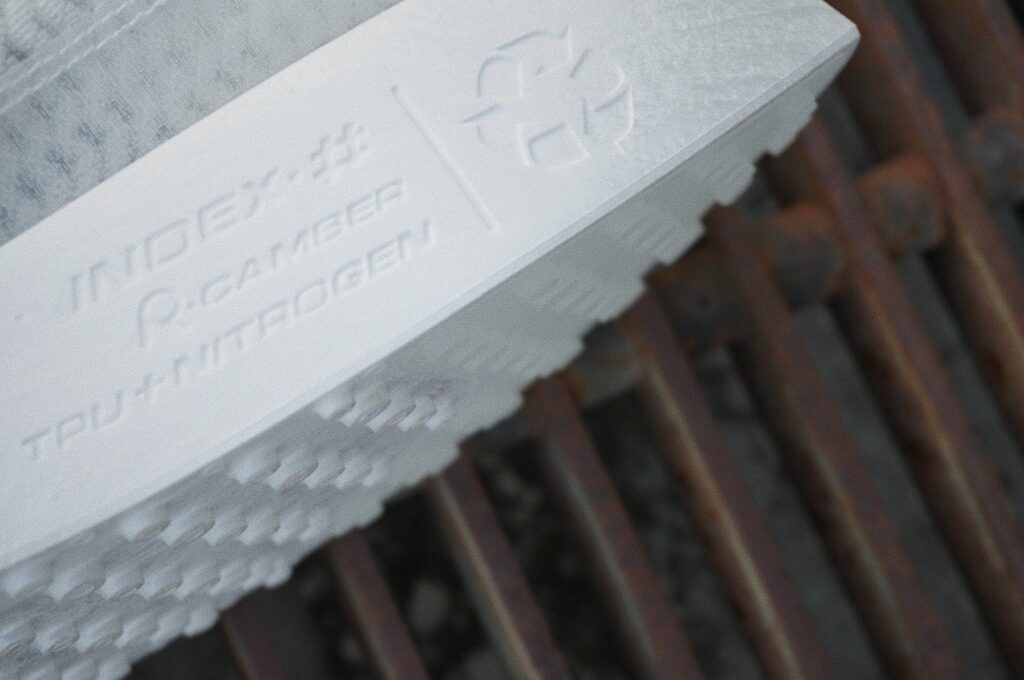
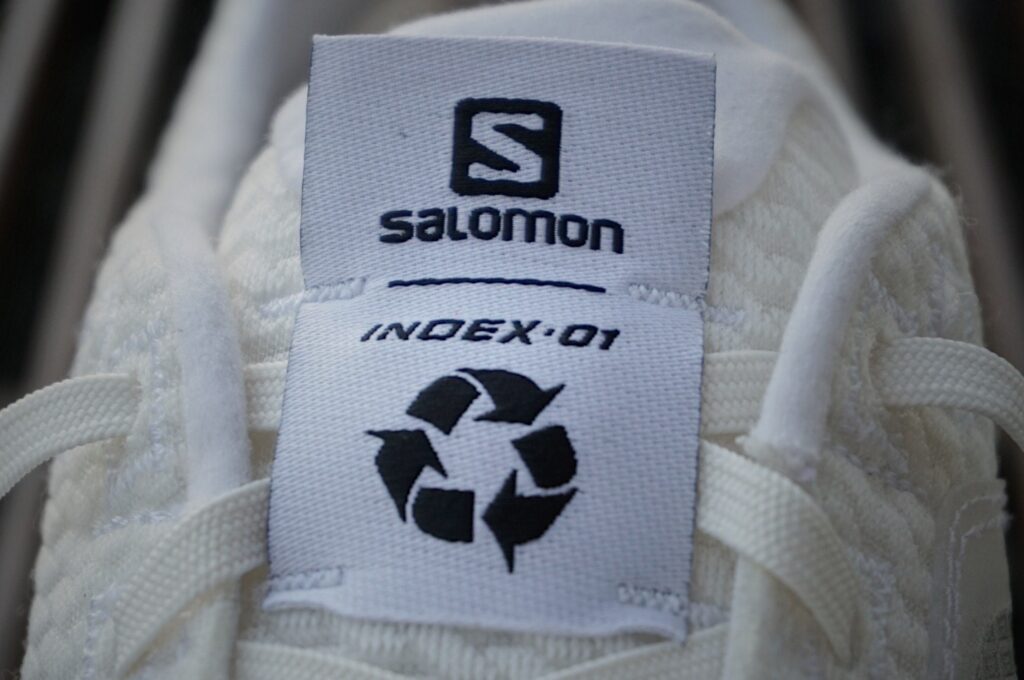
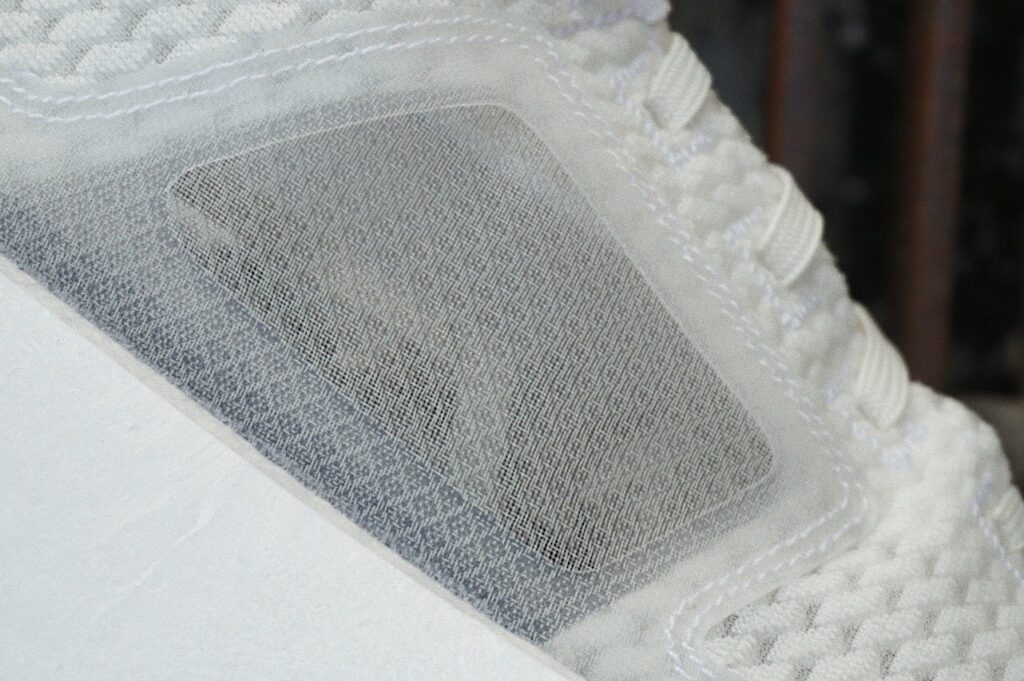
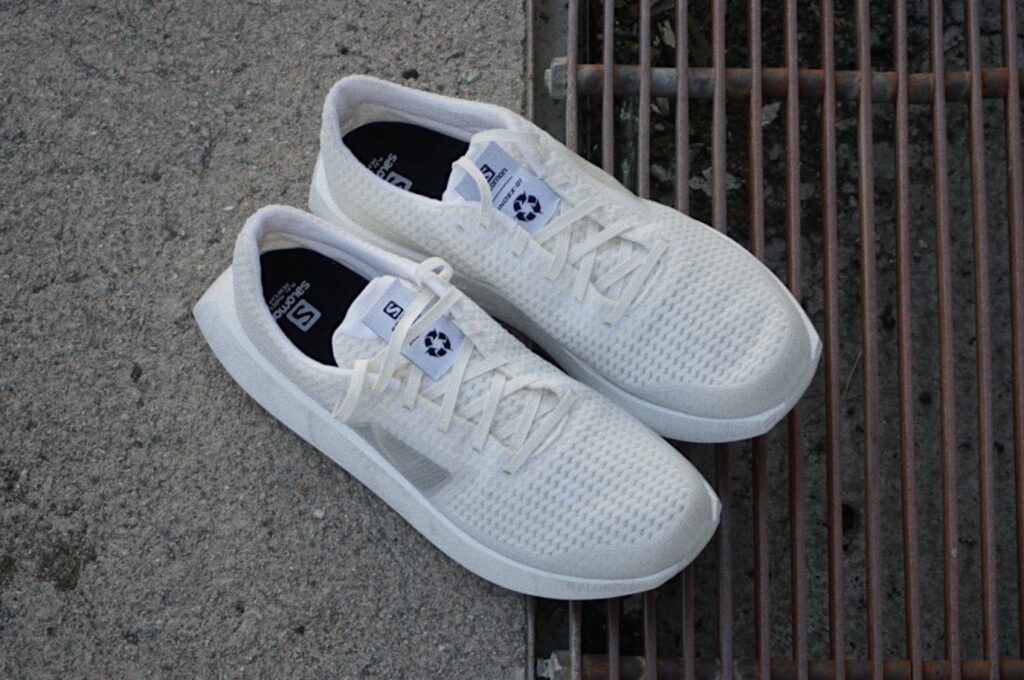
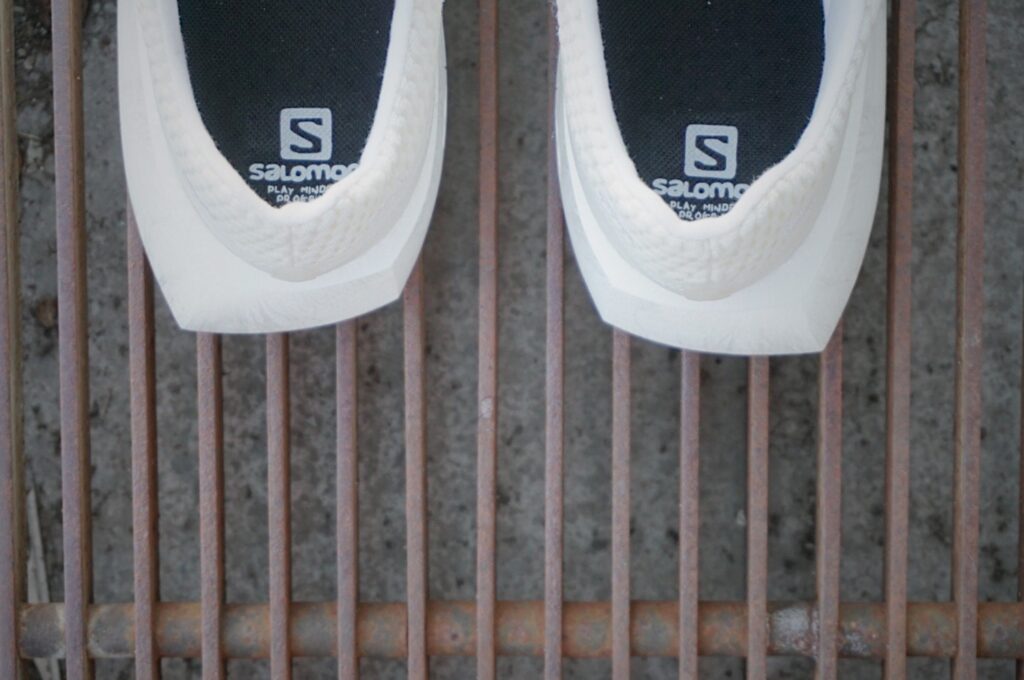
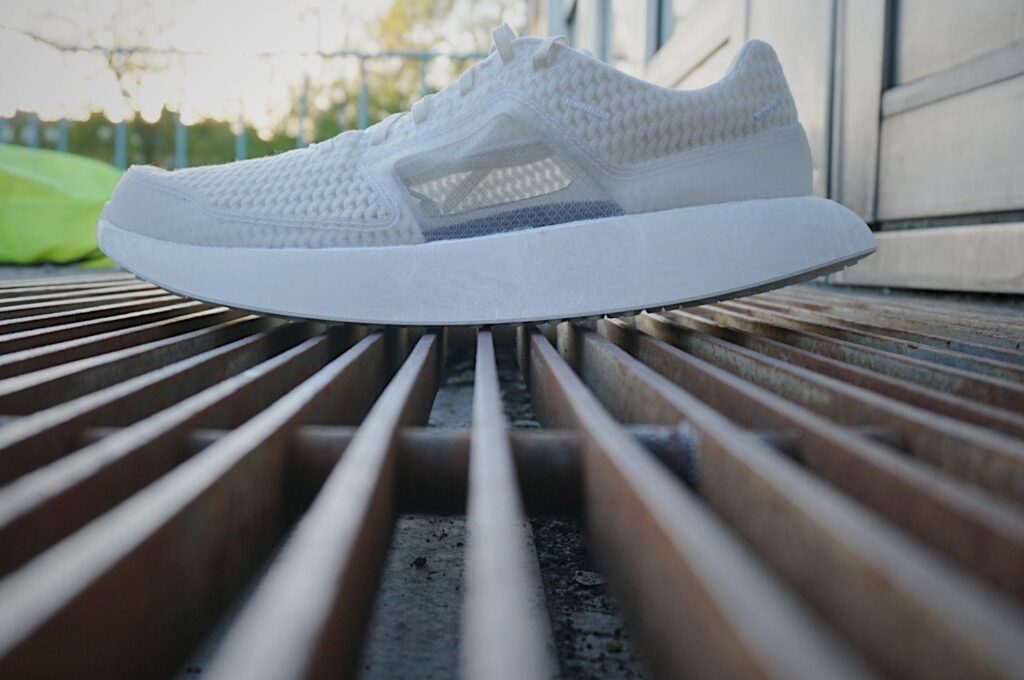
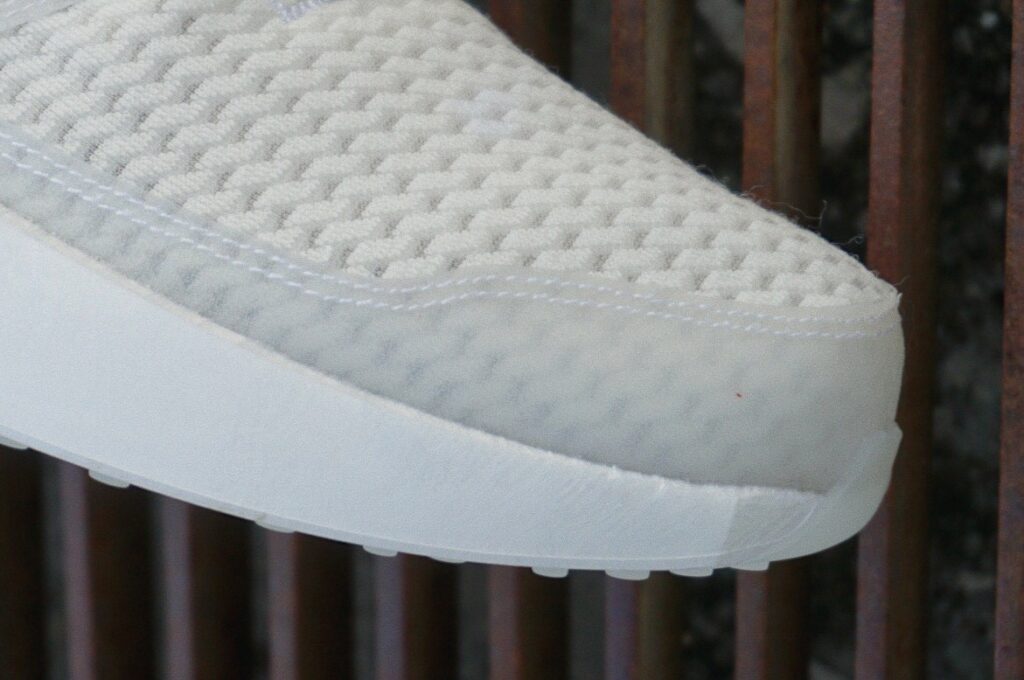
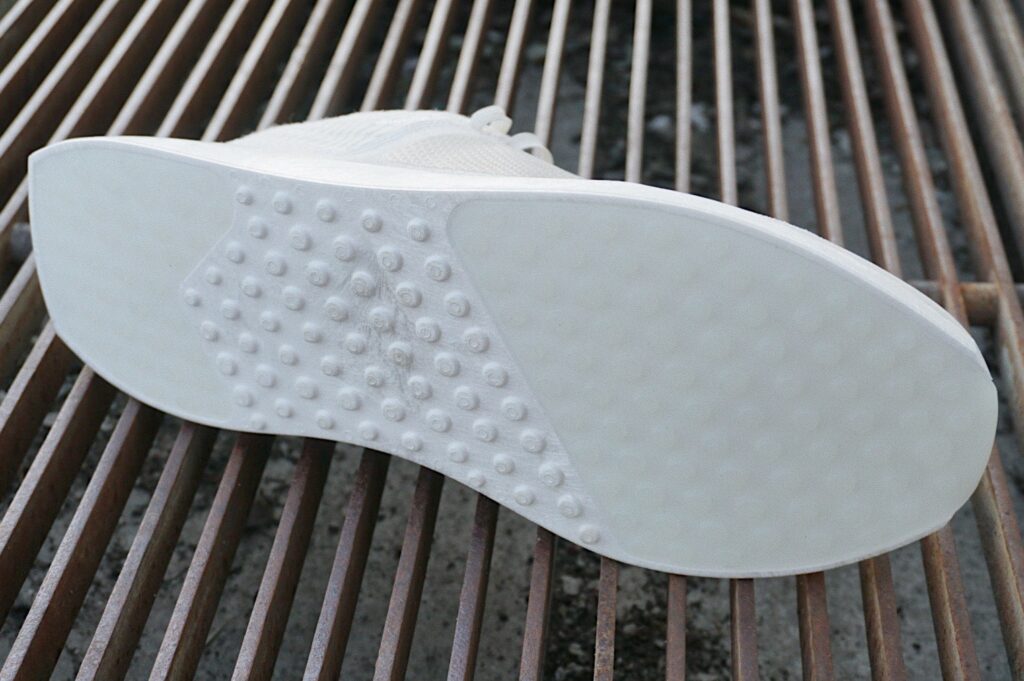
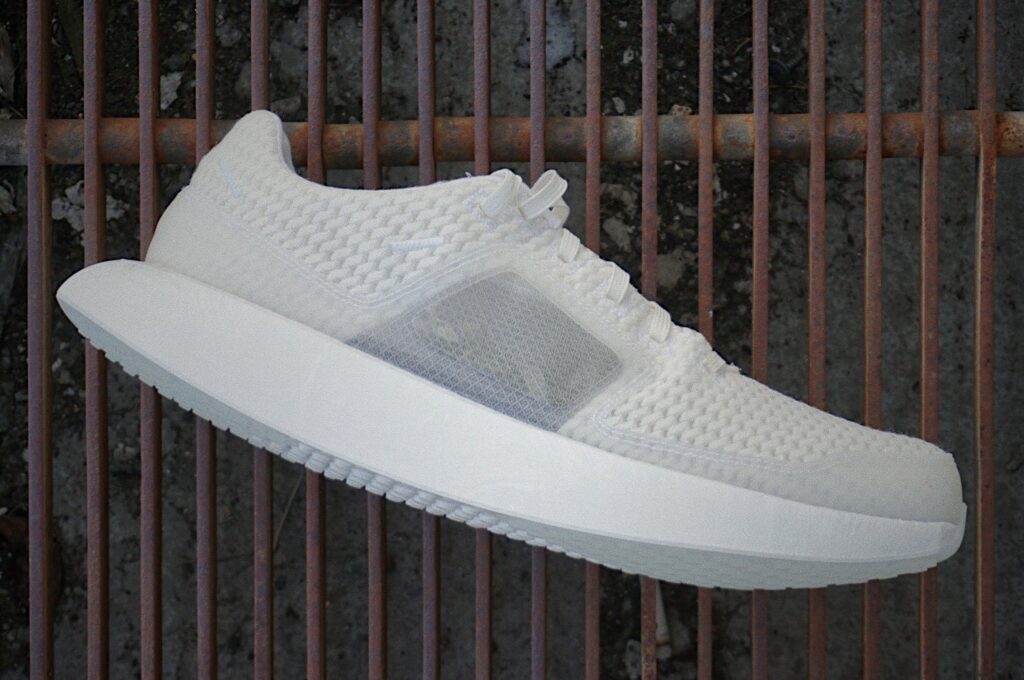
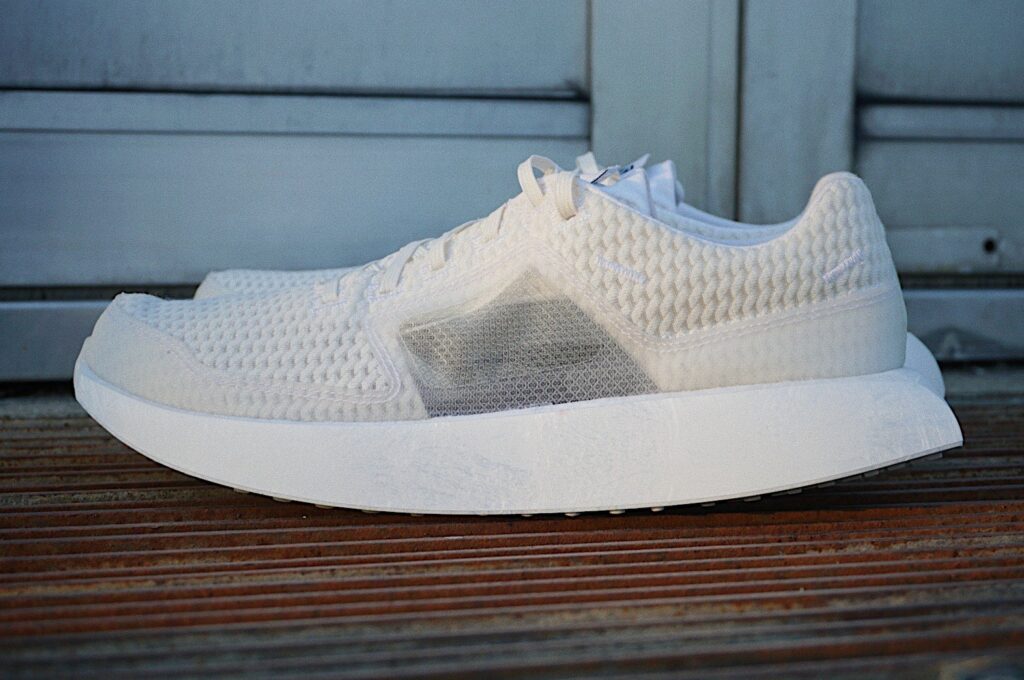
Movie of the day: Tony Martin – Qualen, Lehren, Perspektiven
Tune of the day: Anchorsong – Remedy
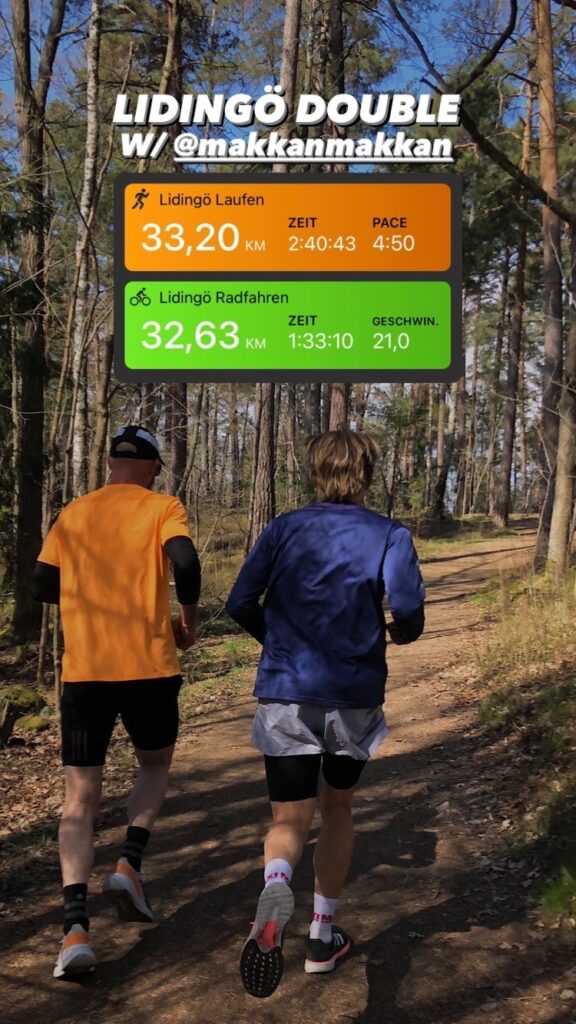
Sweden proudest endurance sport event undoubtedly is the Vasaloppet. A world-renowned competition that surely any endurance fan has heard of. No matter if you ski or not. Karl Axel Karlberg and Sven Gärderud thought that a summer equivalent was missing and in 1965 they set up an annual cross-country running race on the isle of Lidingö, in front of Stockholm.
The course quickly gained recognition and by now is the biggest cross-country contest in the world with up to 35,000 people running. By now, the course is iconic for its variety and toughness. 30 kilometers around the island. On roads, gravel, and light trail.
Once the race calendar got almost erased, we were hungry for some inspiring challenges and found it right on the Lidingöloppet course. No one had ever done a Lidingöloppet-Double. Mountain bike one loop and then change the bike for some running shoes. My training buddy Marcus and I thought it was a decent idea and went for it.
66 Kilometers later we were pretty tired but also pretty happy. A proper day out on a sunny Saturday.
Tune of the day: Moby – Go
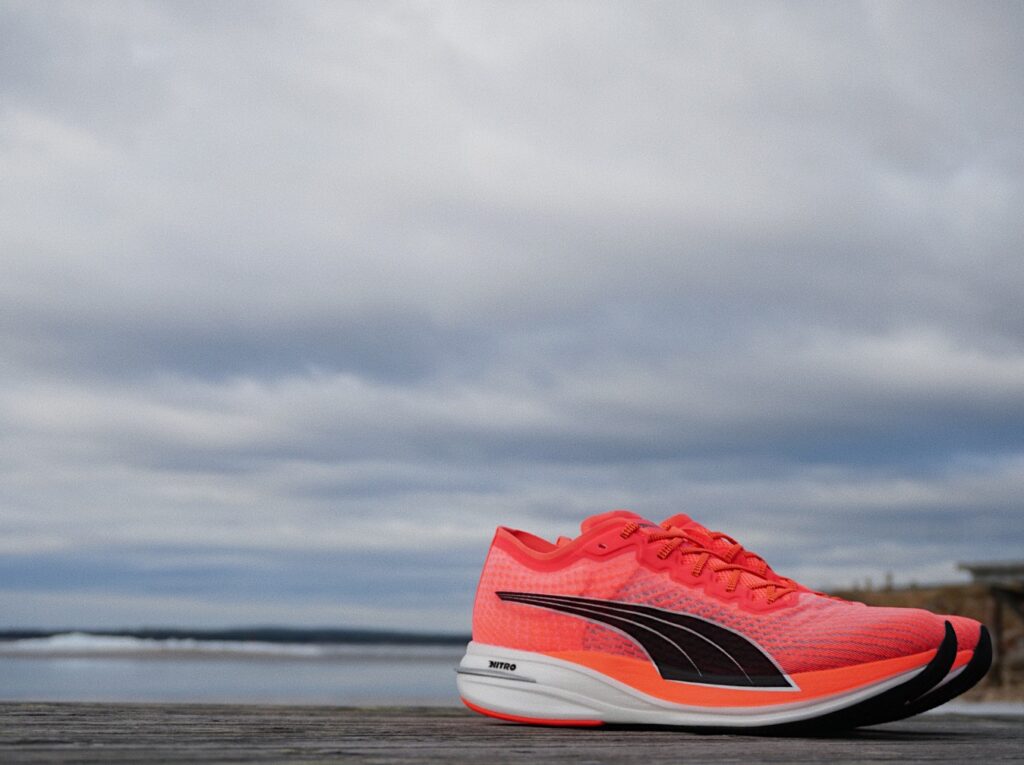
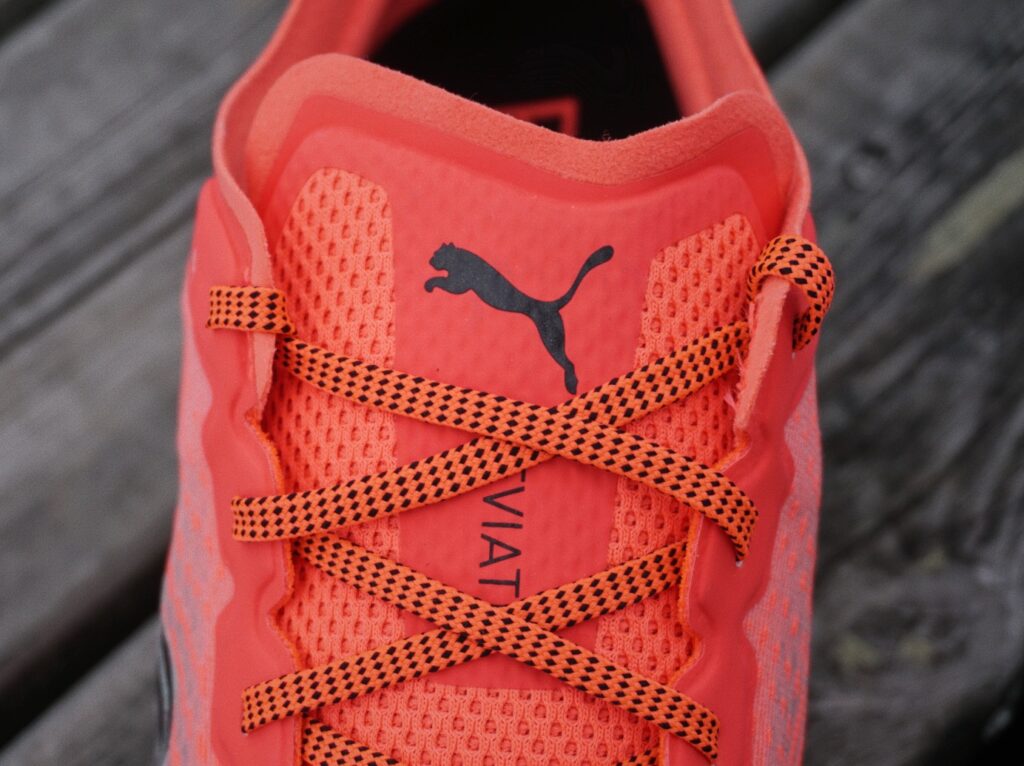
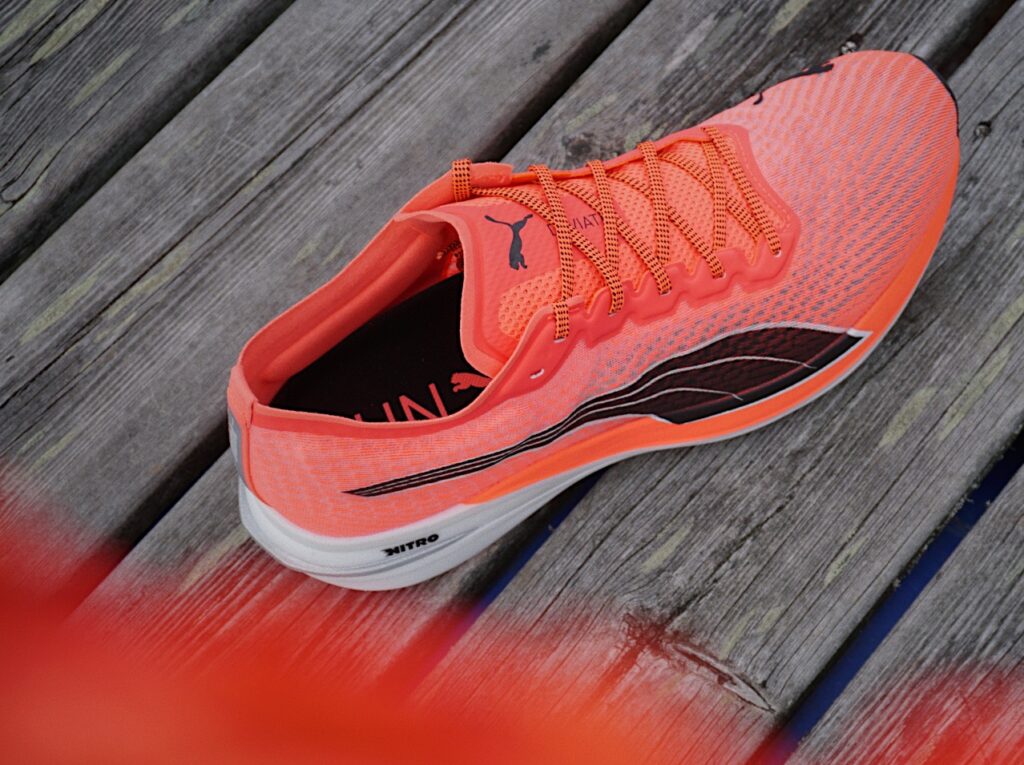
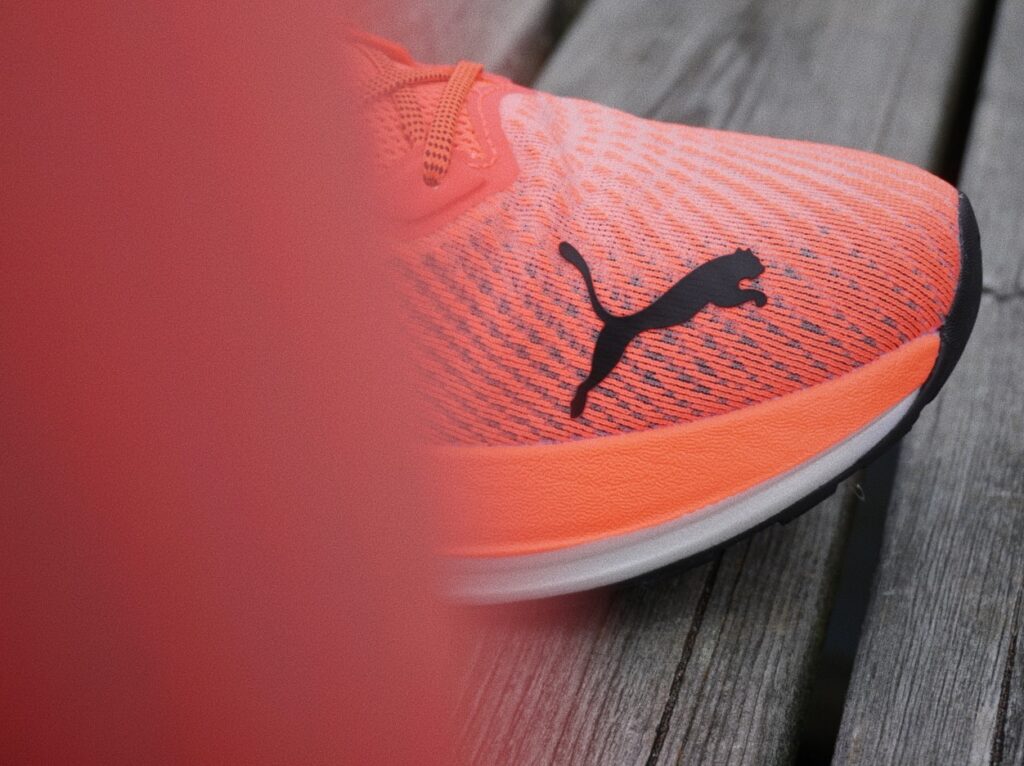
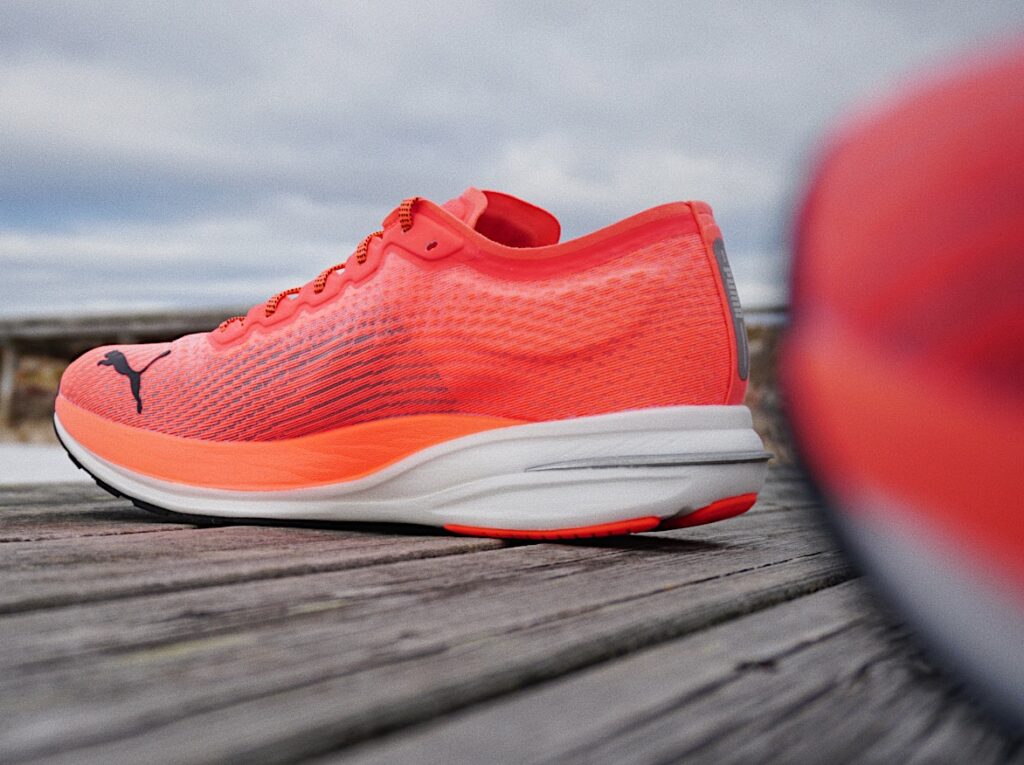
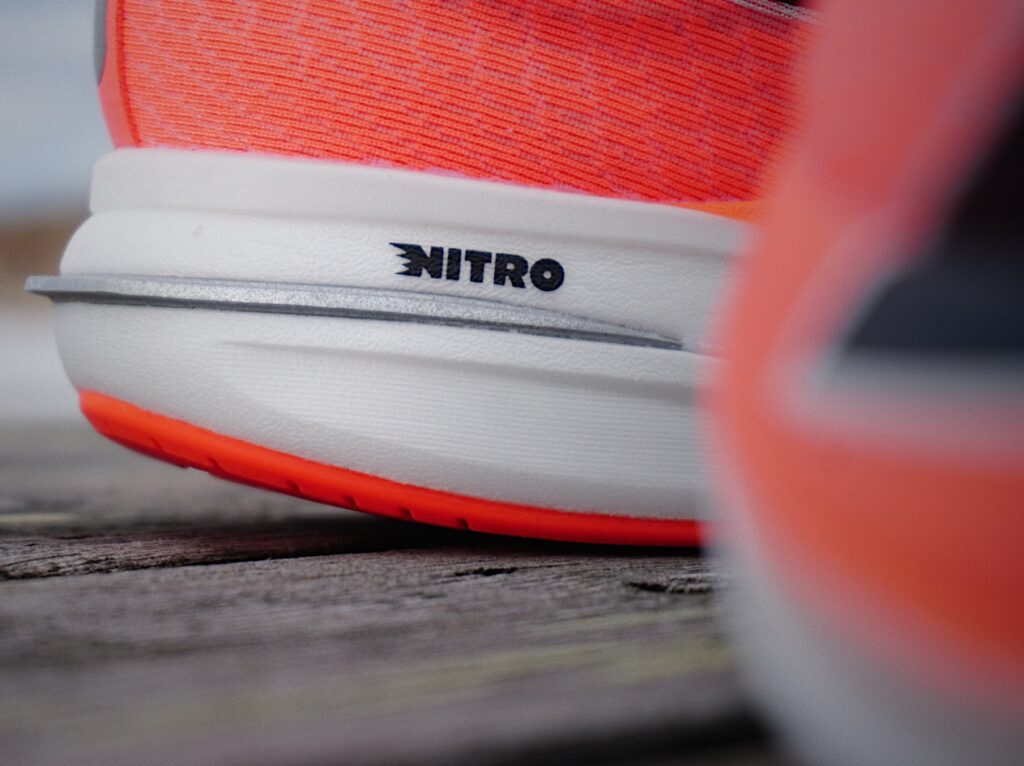
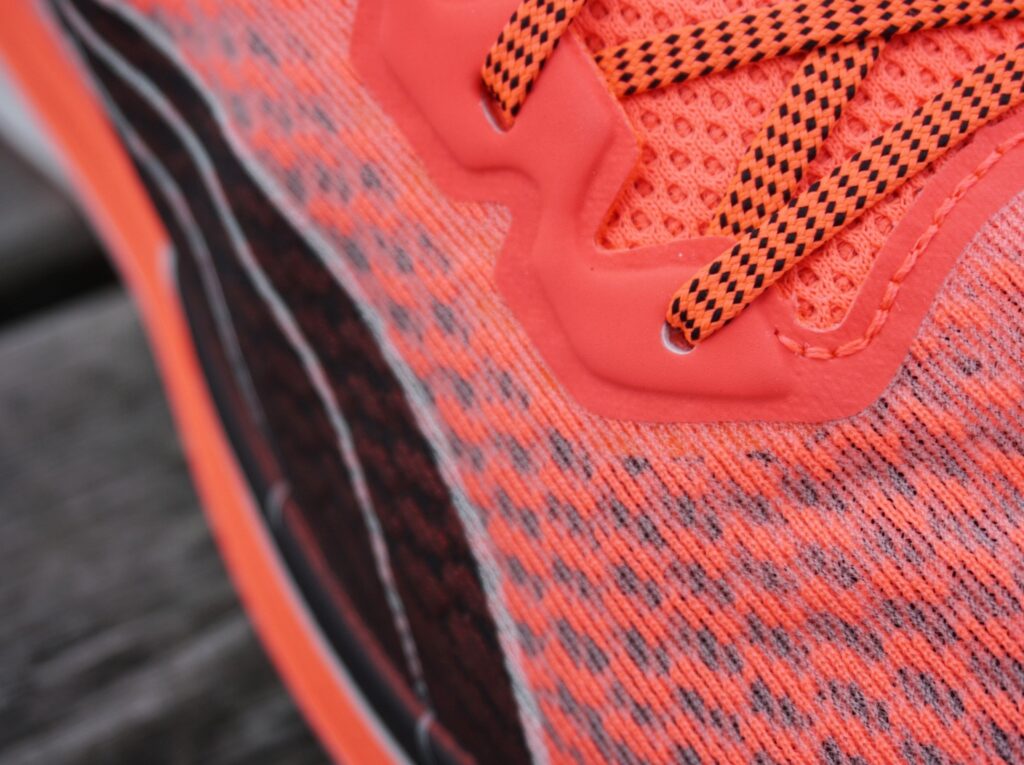
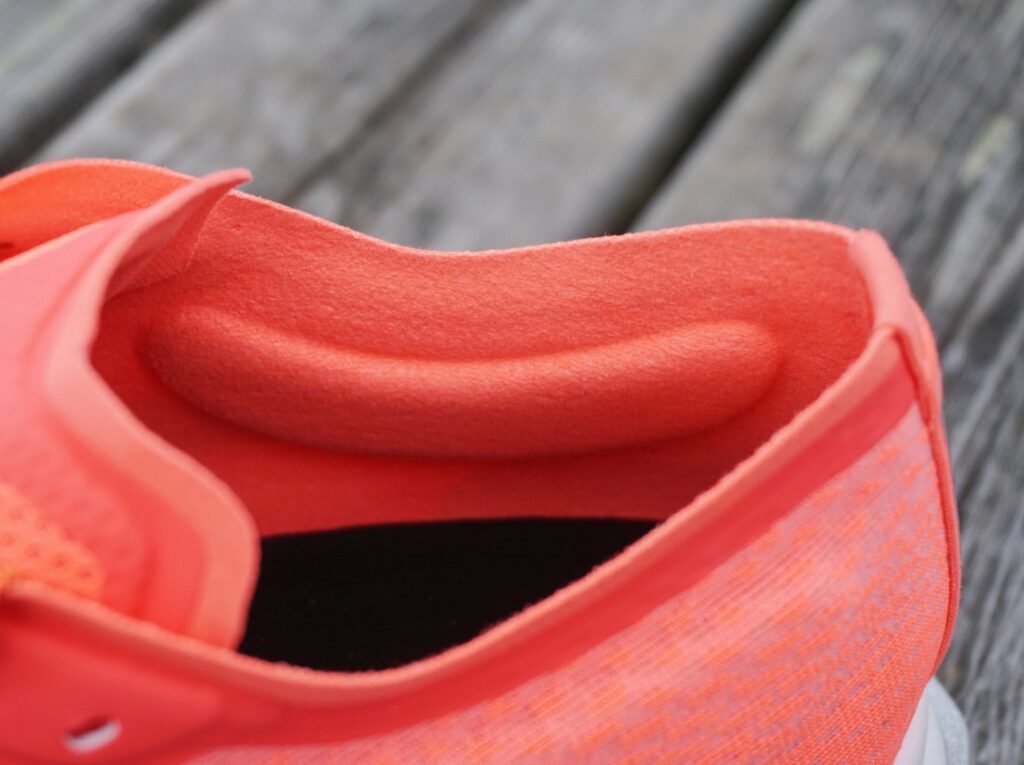
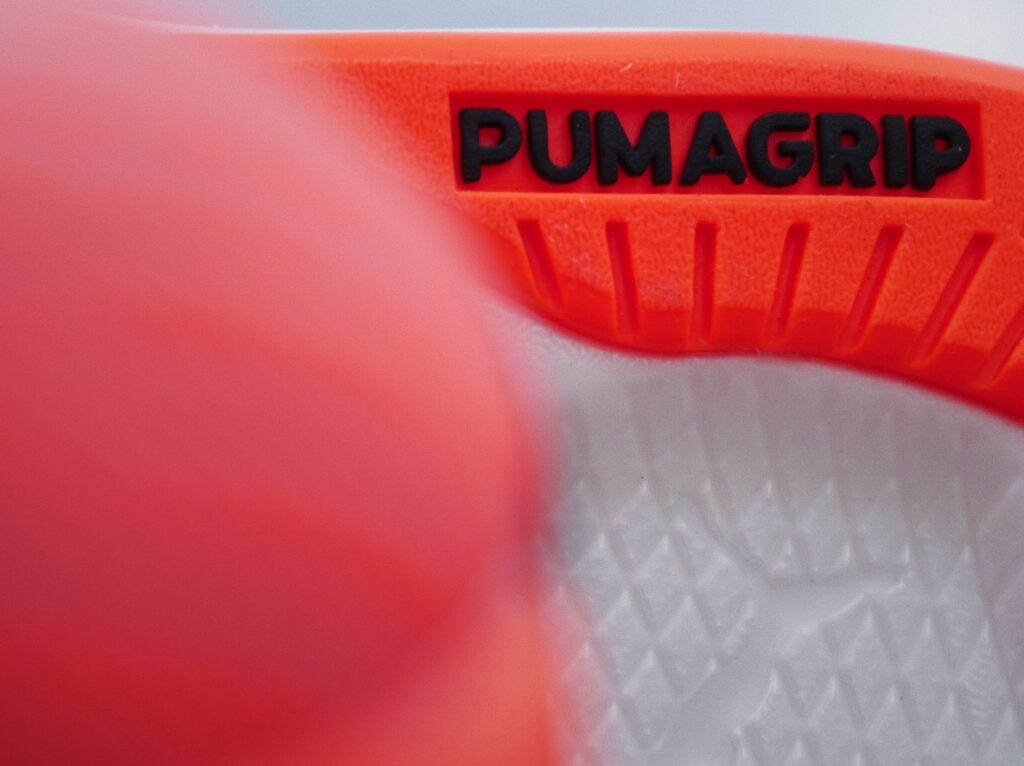
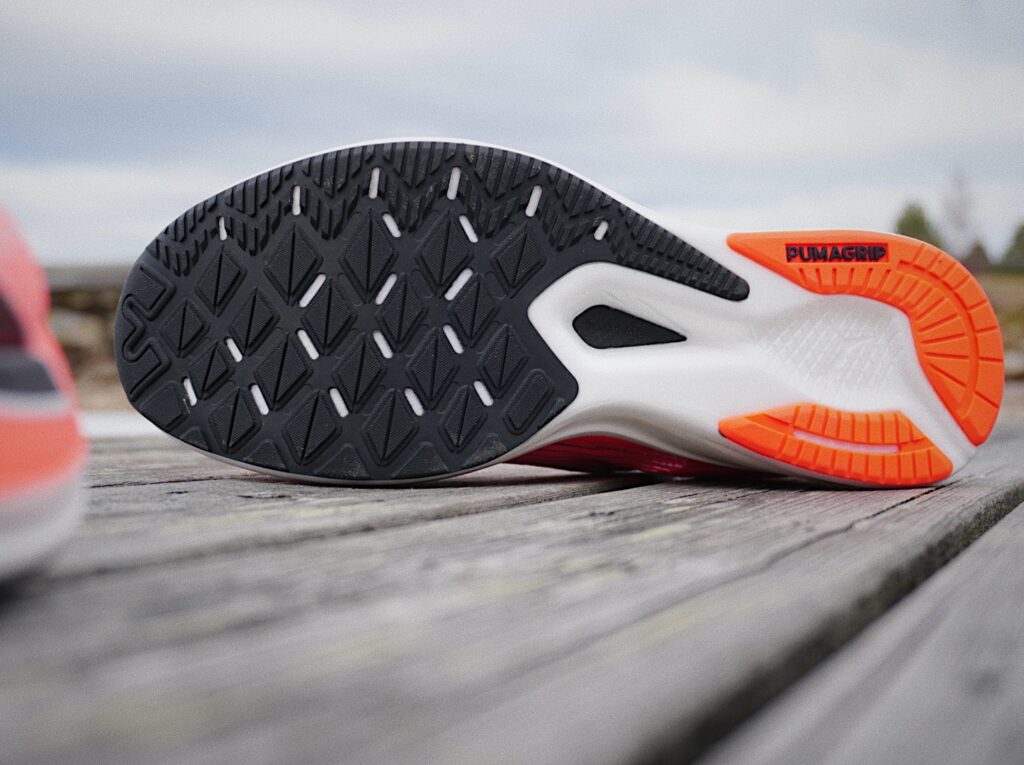
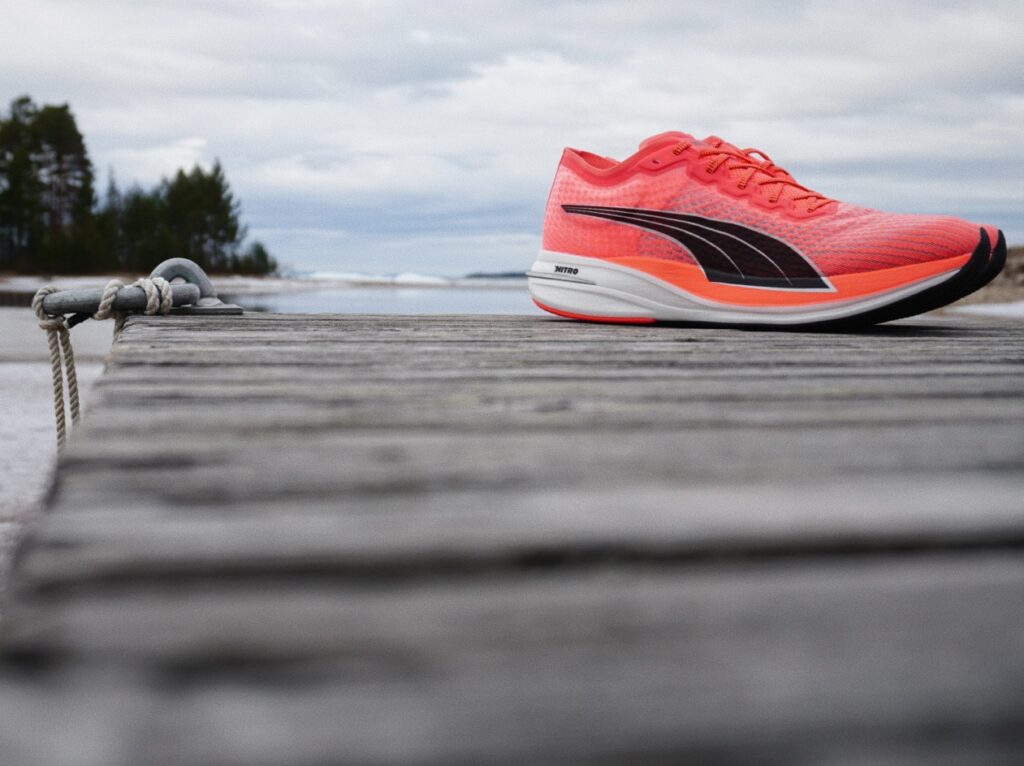
Tune of the day: Brockhampton – Roadrunner: New Light, New Machine
At the present time it is just an occasional sign – Folks with a start number pinned on their vest. Joe DiNoto of infamous New York Underground running powerhouse Orchard Street Runners is a man that makes things happen. One of his most prominent races, the OSR30, an unauthorized 30 miles contest round Manhattan was one of many race annulments in the mist of the Covid-19 epidemic. Last weekend saw yet another turnout of this raw and self-navigating competition. Even with basic knowledge of the New York running scene, a look at the start list made clear that the stakes for a thrilling showdown were high.
And race day delivered. With favorites David Kilgore and Alex Burks surging away early on, it seemed clear who was battling for victory. But then again after missing a checkpoint, the lead changed, and it was Travis Hawkins who crossed the line in first place. His 3:17:44 for 51,90 kilometer (Strava) was not the fastest time of the day, but he was the fastest runner to reach all the necessary checkpoints along the course.
The father of two (Rafaela 7 & Mathilda 3) and Brooklyn resident is definitely no stranger to this competition. He won it on two occasions, but this time his stakes were unquestionably the lowest. Travis grew up in Leonia, New Jersey which is exactly 1,5 miles from the George Washington Bridge a checkpoint in the OSR30. Travis has a 08:51:10 Ironman PB (Challenge Roth 2019) to his name and owns a personal training and endurance coaching business. I caught up with him in the aftermath of last weekend’s win.
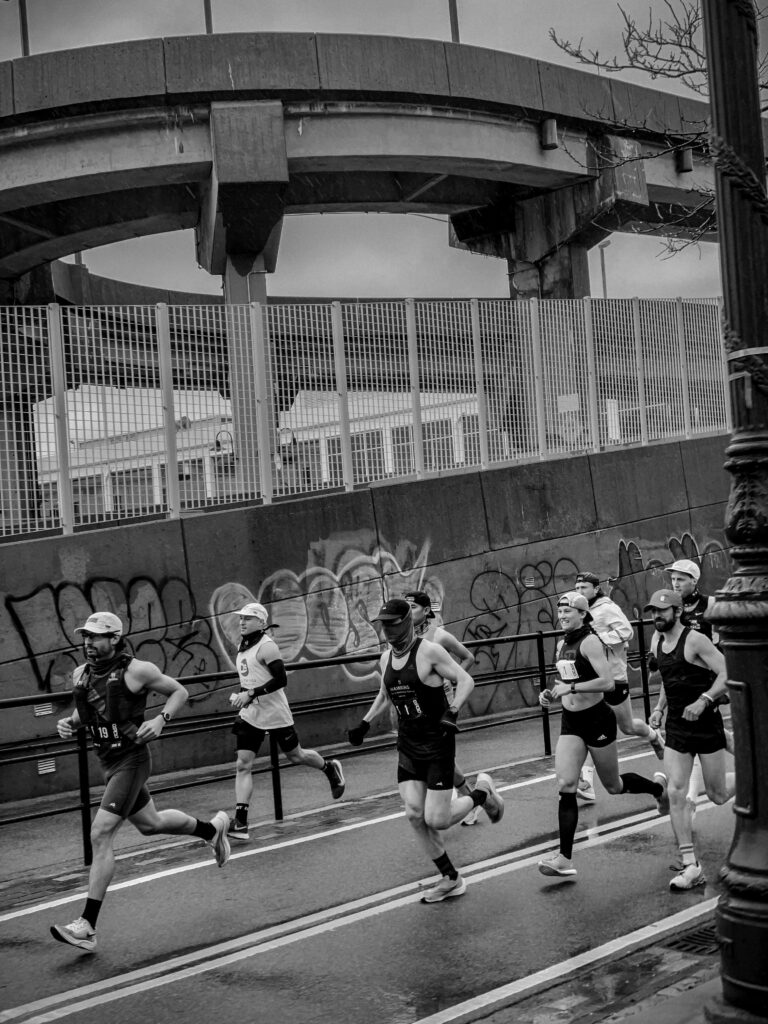
Runssel: Congrats to your three peat at this year’s OSR30. How does this victory weight in in comparison to your first two successful excursions around Manhattan?
Travis: Thanks so much. All my three OSR30 races are all pretty unique. In 2018 I was 100% confident that I was going to win. When Erik Reitinger put a gap on me 10 miles in that I couldn’t seem to close I was kind of devastated. I was as shocked as he was when I passed him by taking the Brooklyn Bridge instead of the Manhattan, for the win. In 2019 and 2021 I had no reason to think I could beat David Kilgore, or Alex Burks. I do know that these races are about so much more than speed. I have a ton of experience navigating around the city. I am comfortable in traffic. I ride my bike through it all day. This years victory was the biggest shock of all though. After the year we’ve all had and the level of competition on the day, it was definitely the most rewarding.
Runssel: As we all know, Covid-19 knowingly slowed down the racing the last couple of months. How did you keep up the motivation and when did you fully commit to another OSR30?
Travis: In late February of 2020 I tore a calf muscle, training for the OSR30. The race was cancelled etc… I moved my entire business to Zoom in one day. I had no confidence in coaching my clients via video chat, so I did every workout with them as they did it for the first few weeks. This meant essentially doing 8-12 hours of resistance training with bands each day. I was back running in less than a month and was able to slowly build to more volume than I have ever even considered.
Without a race on the calendar, I was really able to be patient with strength training, yoga and Physical Therapy, slowly accumulating tons of fitness. To answer your question though, I didn’t have a goal in mind. I was just running because I didn’t know what else to do. Balancing school from home with my 2 kids, my wife is studying to be a nurse and I’m on my computer coaching clients from an office all day. I can usually carve out 60-90 minutes to go run and clear my head, so I do. Without it, I don’t know how I would have survived the year. Joe DiNoto sent me a text in early February, asking if I would be interested in running the 30 sometime towards the end of March. I said yes but wasn’t really sure if I was going to want to put in the speed work required. It turned out I had accumulated a lot more fitness than I thought.
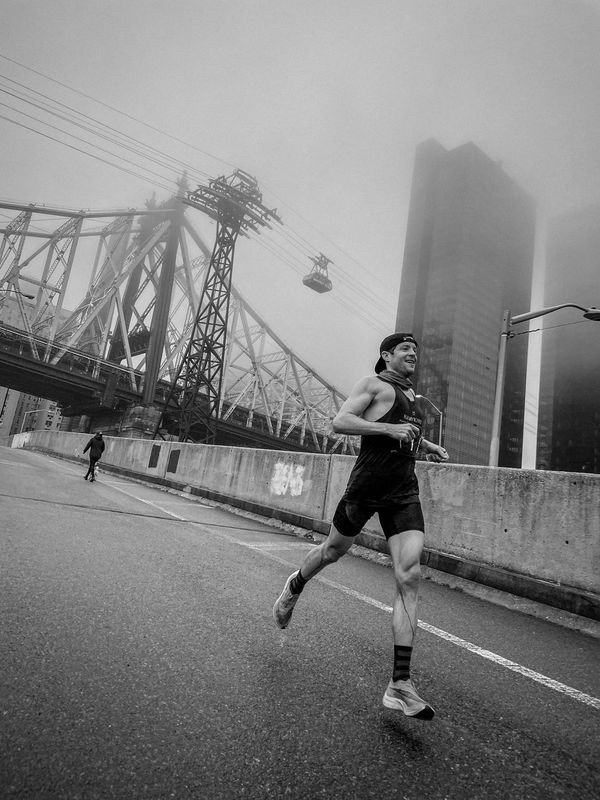
Runssel: This year’s OSR30 start list was perhaps the best it’s ever been. What battle scenario did you assume and how did you plan for it?
Travis: It was definitely the strongest field! I knew there were going to be at least 2 guys capable of running way faster than me (It turned out that I was right). I also knew that I had the fitness to put together my strongest race. My strategy was to run my strongest race and hope that they pushed each other beyond their limits or got lost trying. I suppose it worked. I definitely ran my strongest race.
Runssel: Do you have any key workouts leading up to a race like this? How do you approach training towards such a race?
Travis: I am a strong believer in running hard on long days for races like this. I can usually accumulate a decent amount of weekly miles with a bunch of light runs, but there is always a hard long run and a harder short run. I do most of my running in similar conditions around Brooklyn, so I suppose that helps too. There’s typically a ton of concrete in these races which I think tends to do more damage than people realize. If you’re doing all your training on blacktop, it’s not great preparation for a race that’s on a lot of walkways and paths made of concrete and slate.
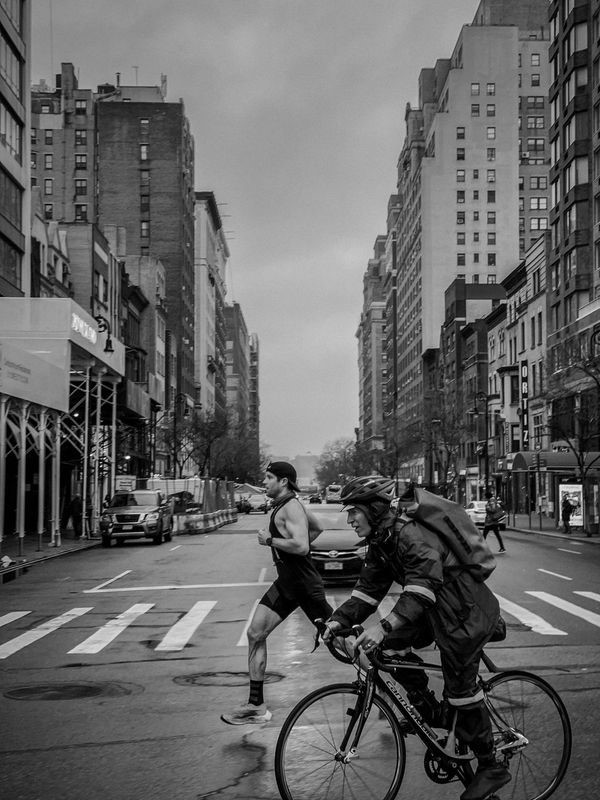
Runssel: Knowing the city is a huge advantage. How do you prepare the navigational part of the OSR30?
Travis: I know the city intimately. I ride my bike around all day from client to client. I like to make a game of finding the fastest routes. Riding and running in traffic are fun and adds a level of adventure to training and commuting. Finding the shortest route for OSR races and practicing them on my bike has been part of the fun since the first midnight half I did in 2016.
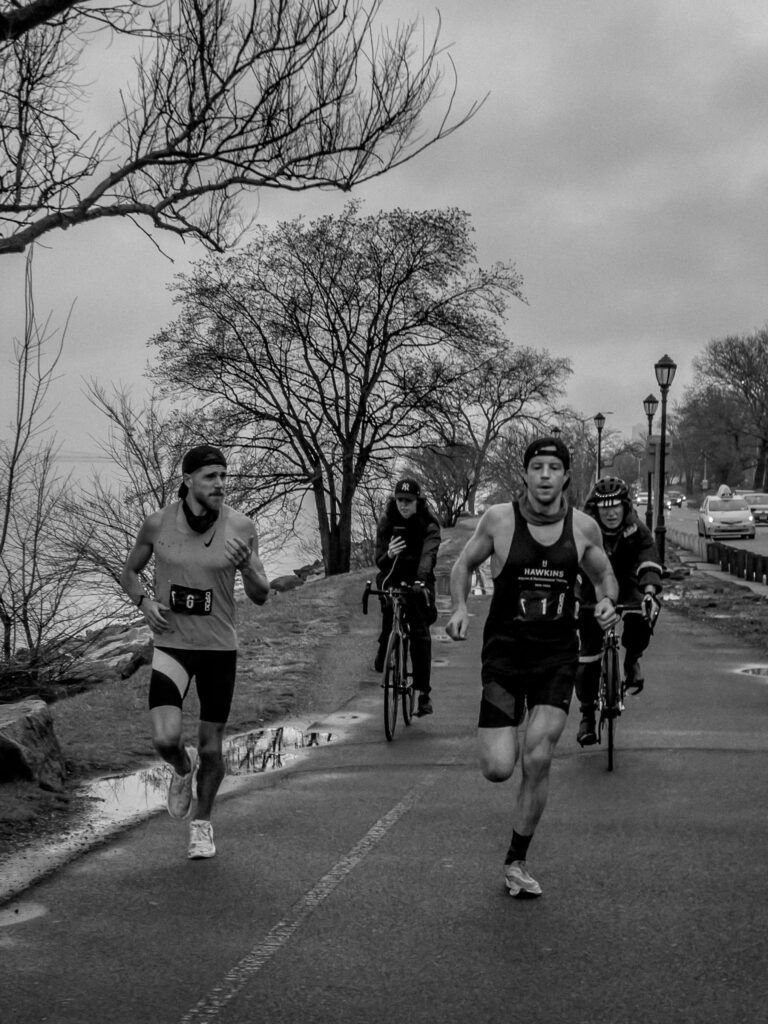
Runssel: Another indefinite year of racing is ahead. Do you have any goals planned out?
Travis: I don’t have any goals this year. I’d love to get lost in the woods at some point- in a race or on a long adventure run. I’d also like to get on my bike for a race since I haven’t done that since 2019. Who knows?
Runssel: Will there be a OSR30 four peat next year?
Travis: The target on my back keeps getting bigger. I don’t think it would be fair to take it down prematurely.
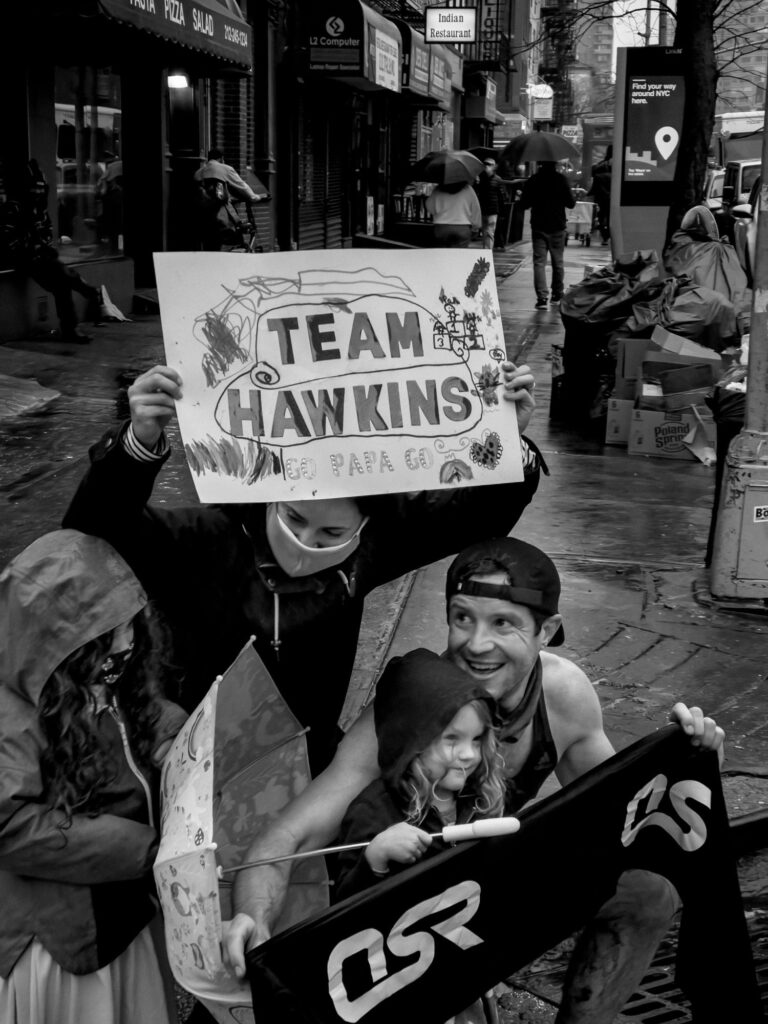
While swimming in the ocean, the apparent question hit me: How tall is the highest point of this islet?
It didn’t take a long time to find out that the Pico de la Zarza is the main peak that Fuerteventura has to offer. With an altitude of 807 meters this appeared to be the plausible center of a day long sea to summit exploit. After a quick google search, a proper planning session began. Heading out from our home base, Playitas, it was a 50 Kilometer bike ride along the coastline to reach the trail head that lead up to the mountain top, just above Solana Matorral. As soon as we found a bike shop that wanted to store our bikes for the time of the run, we were set to go. And properly hyped!
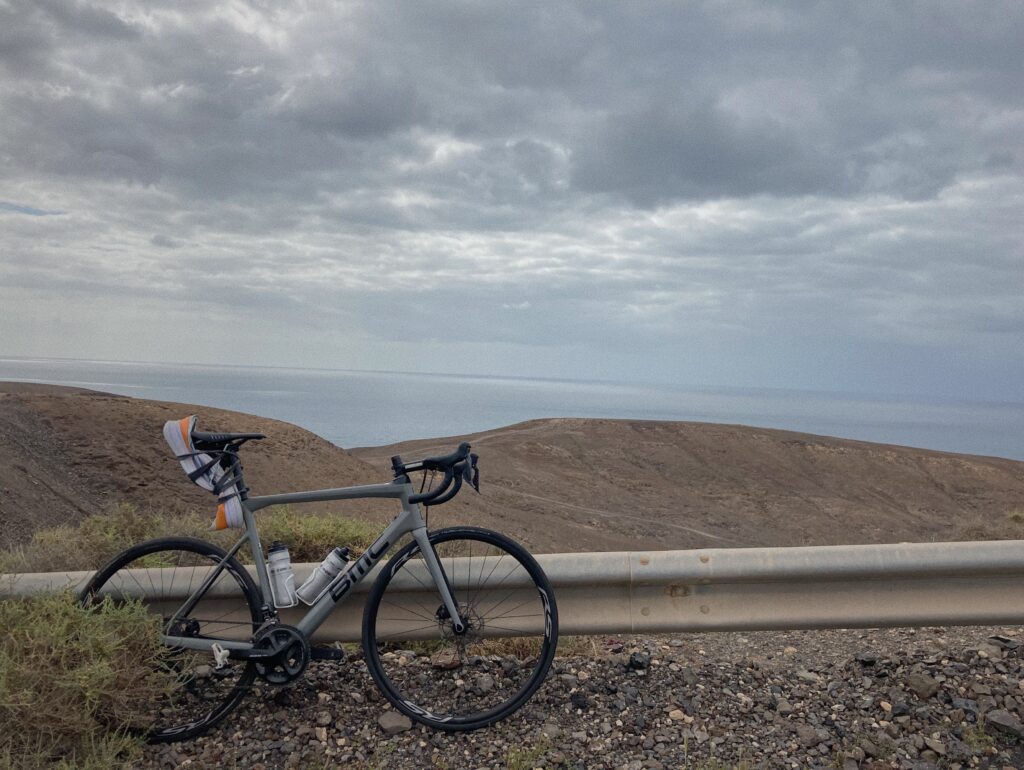
The aim was to travel as light as possible. That meant for me that I planned to run in my bike outfit. The bulkiest chunk of the needed gear were the running shoes. The easiest and safest form to travel with them turned out to be a meek fix on the rear side of the saddle frame. Some old bike inner tubes out of the bike rental trash bin and the actual shoelaces turned out to be the finest and safest combination. Our little DIY packing system turned out flawless and the quest was on.
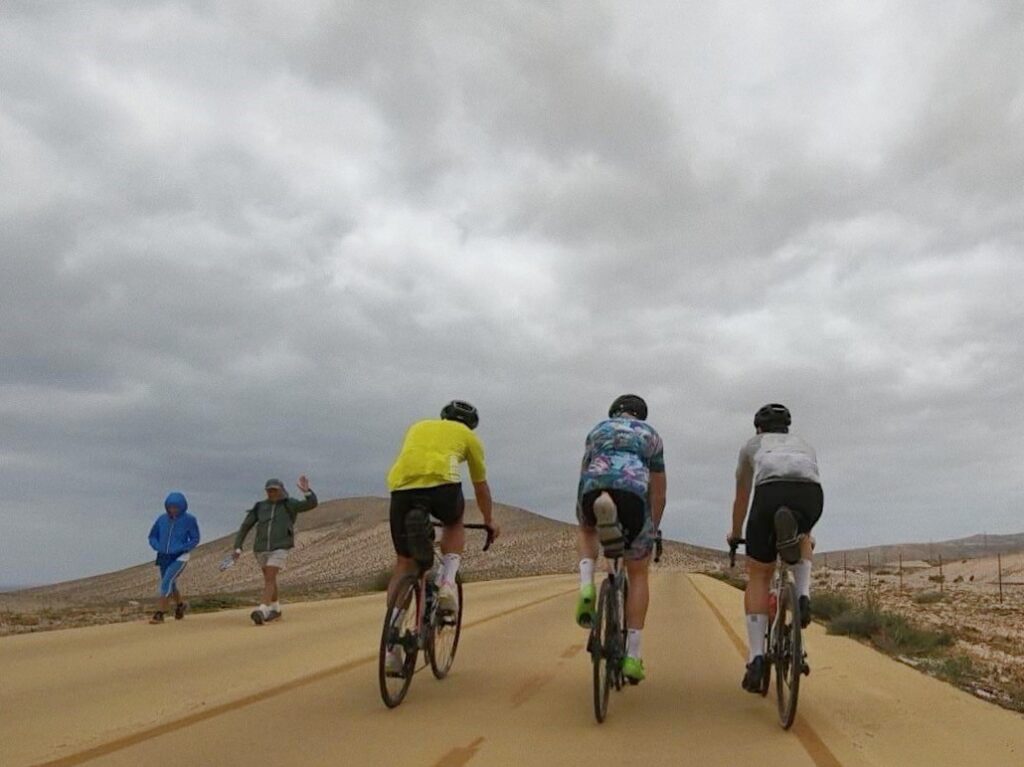
As the name suggest, winds on Fuerteventura are quite solid. A strong NE breeze (28 km/h) meant that we had the gales in our favor for the first part of the trip down south. We set of to make it before the bike shop shut down for siesta. Besides a simple puncture, the ride was uneventful, and we literally surfed down the shoreline. After we changed at the bike shop and stowed all our needless goods, the run was on. We treated us to a quick espresso at the local bar and then attempted the scramble straight by the beach. The Strava segment teached us that an average of 10% climbing was waiting for us on the 8 Kilometer uphill.

Running off the bike is never easy and it took a bit to get into the groove of running. The sharp uphill at the beginning didn’t really help but the clear views to the top made everyone excited about what was ahead of us. We spread out a bit and appreciated the incredible views of the neighboring vales and the mountains. A stony dirt path led us up the mountain and took its toll. Lucky enough the weather was on our side as the sun was not beaming in full effect. We jogged on as the track got more technical and the top closer and closer.
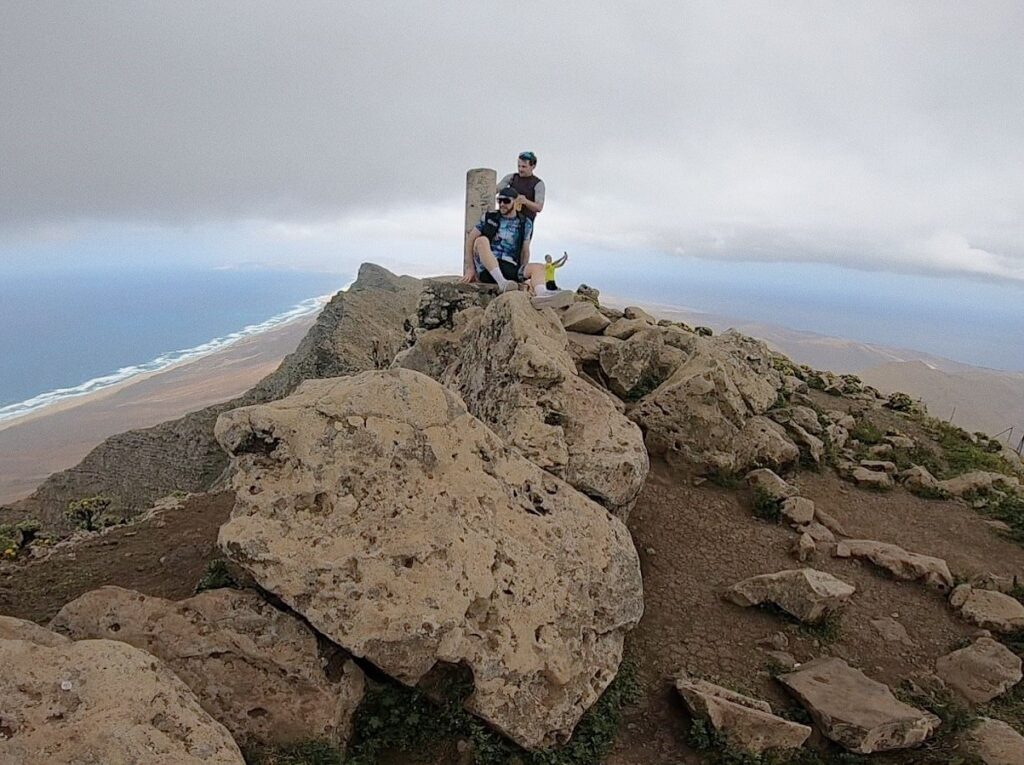
The diversity of the run and the final technical and precipitous part paid of as soon as we figured out that we hit the very top. What was lying in front of us was a remarkable view of the isolated and less inhabited east coast of the Island. An incredible backdrop with an enormous clip just right in front of our dizzy eyes. The scenery blew us away. I didn’t know what to expect but what we saw was just stunning. We stayed at the top for a while and then gradually made our way back down to the shore where we replenished properly at the local Burger King before altering back to the bikes.
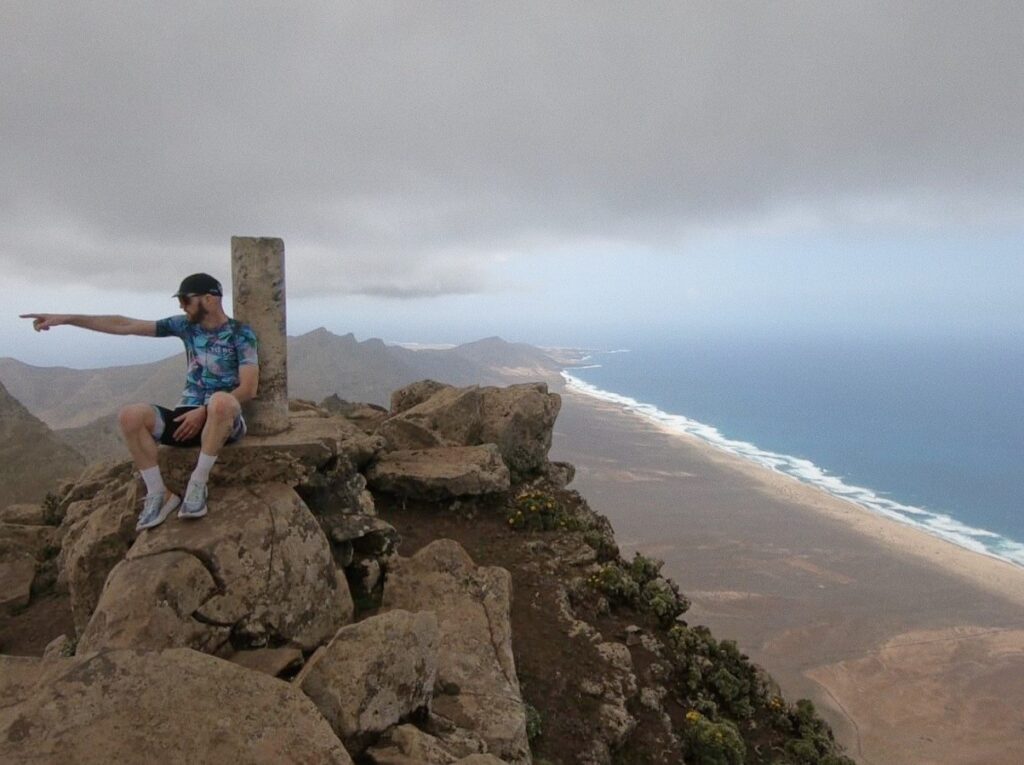
As we left the bike store, we felt instantly what we already knew was waiting for us. Wind from the front. Strong wind from the front. As we tackled a rolling 50 kilometers back home, we knew we are in for some suffering. And hell, we hurt. But the enjoyable thing with happenings like this is that once it’s over, the simple enjoyment is very hard to beat. As soon as we hit the bike path back to Playitas the spirit was high as we perceived the sun going down behind the mountains. The last day of our little training camp was precisely the epic one we were hoping for.
Tune of the day: Moderator – Midnight Madness

